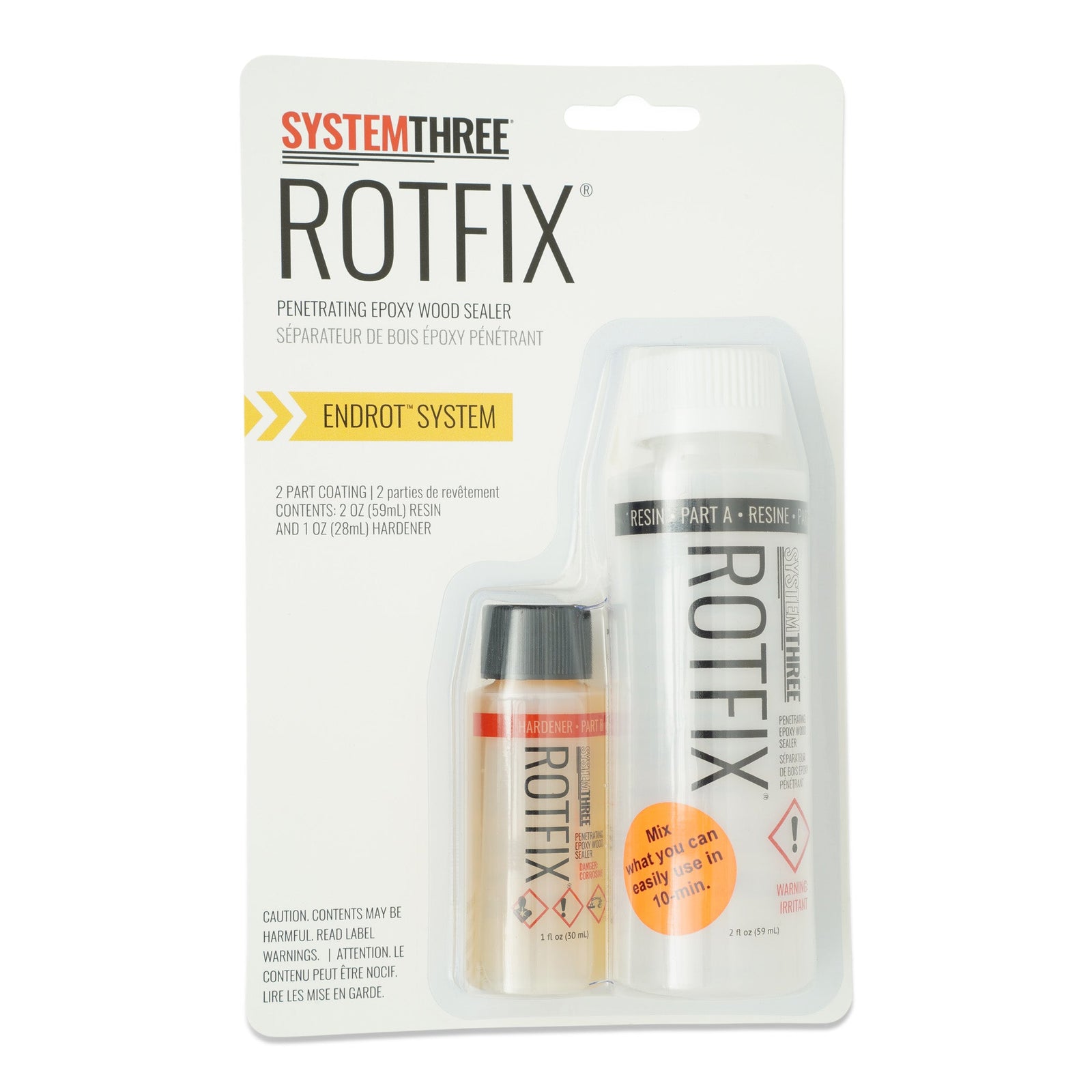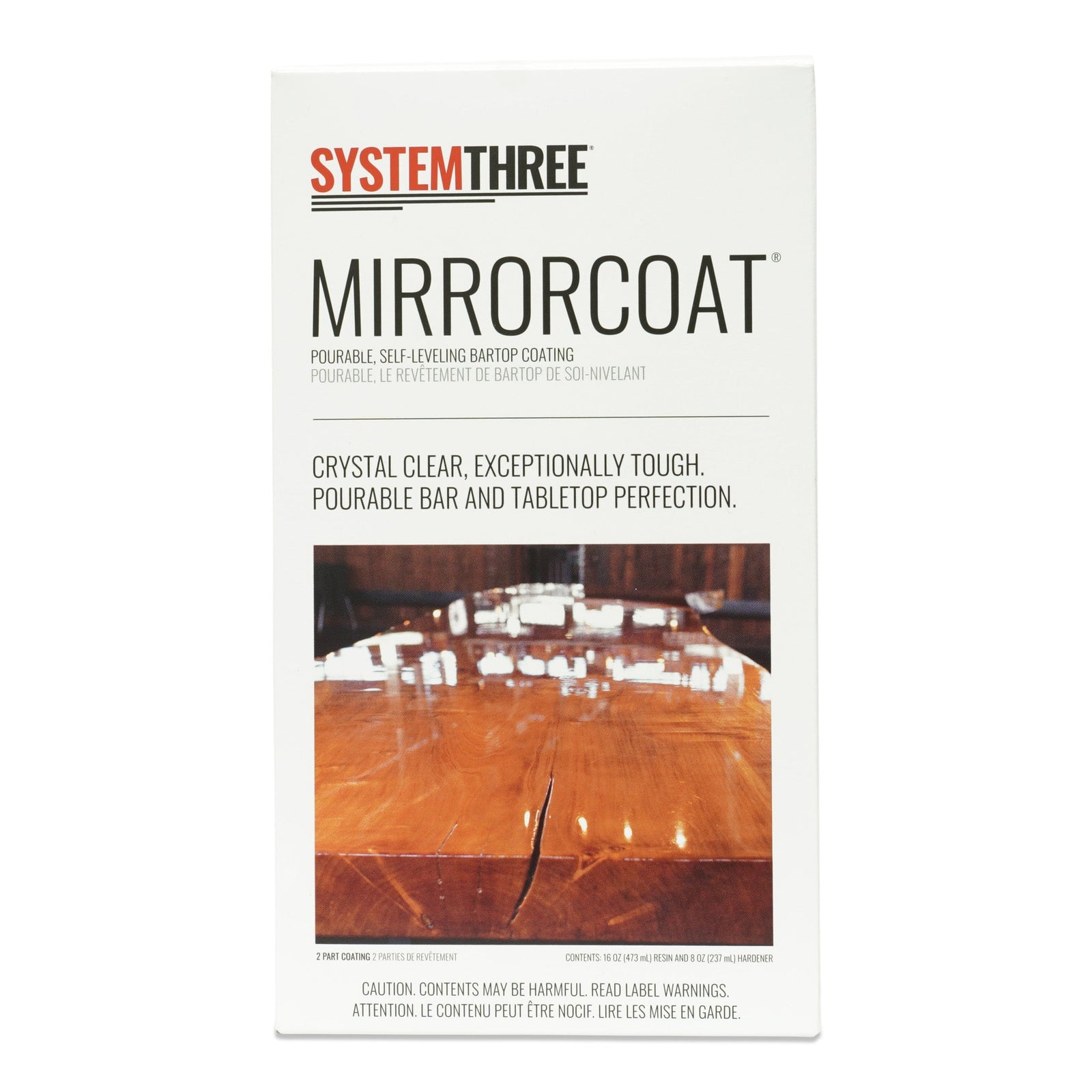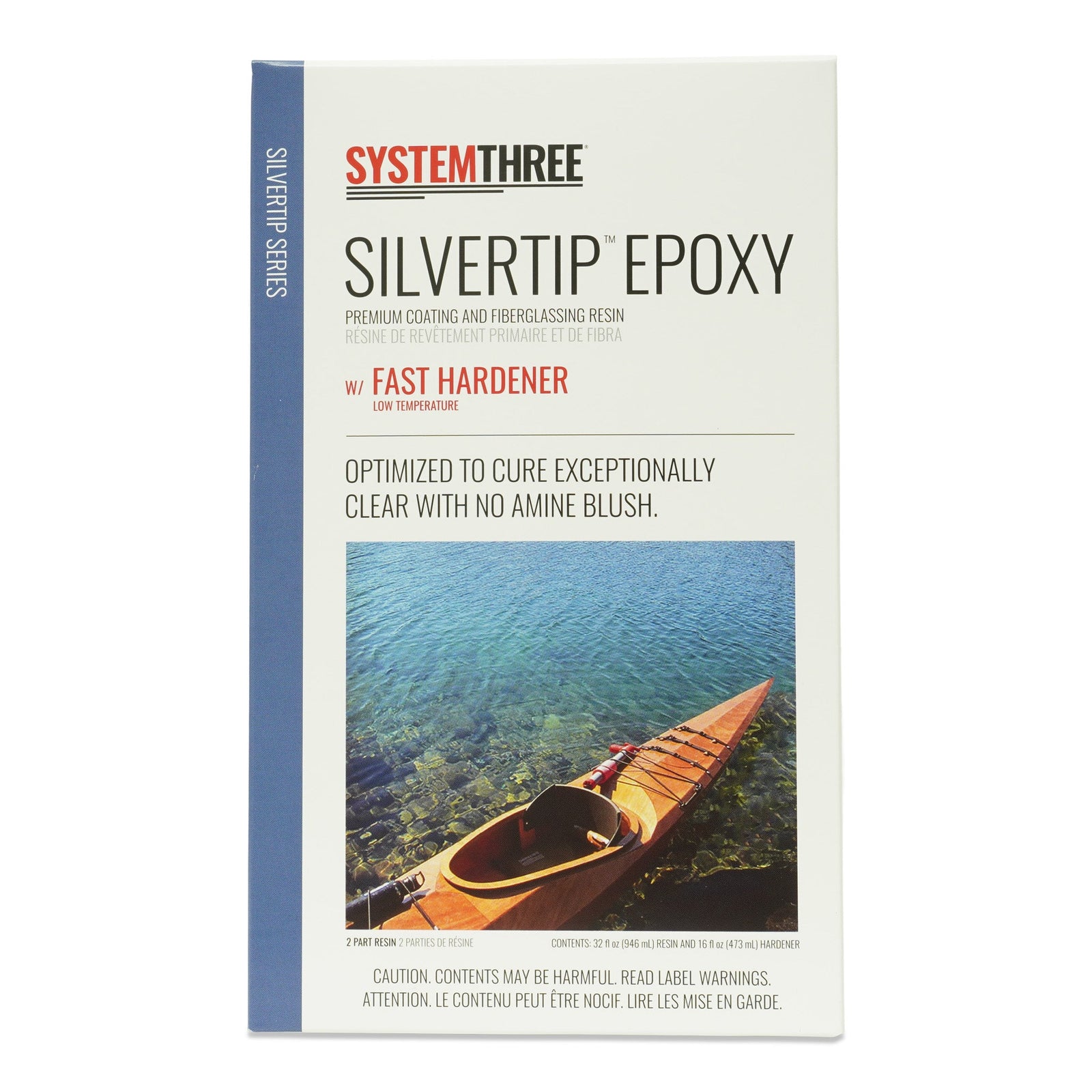

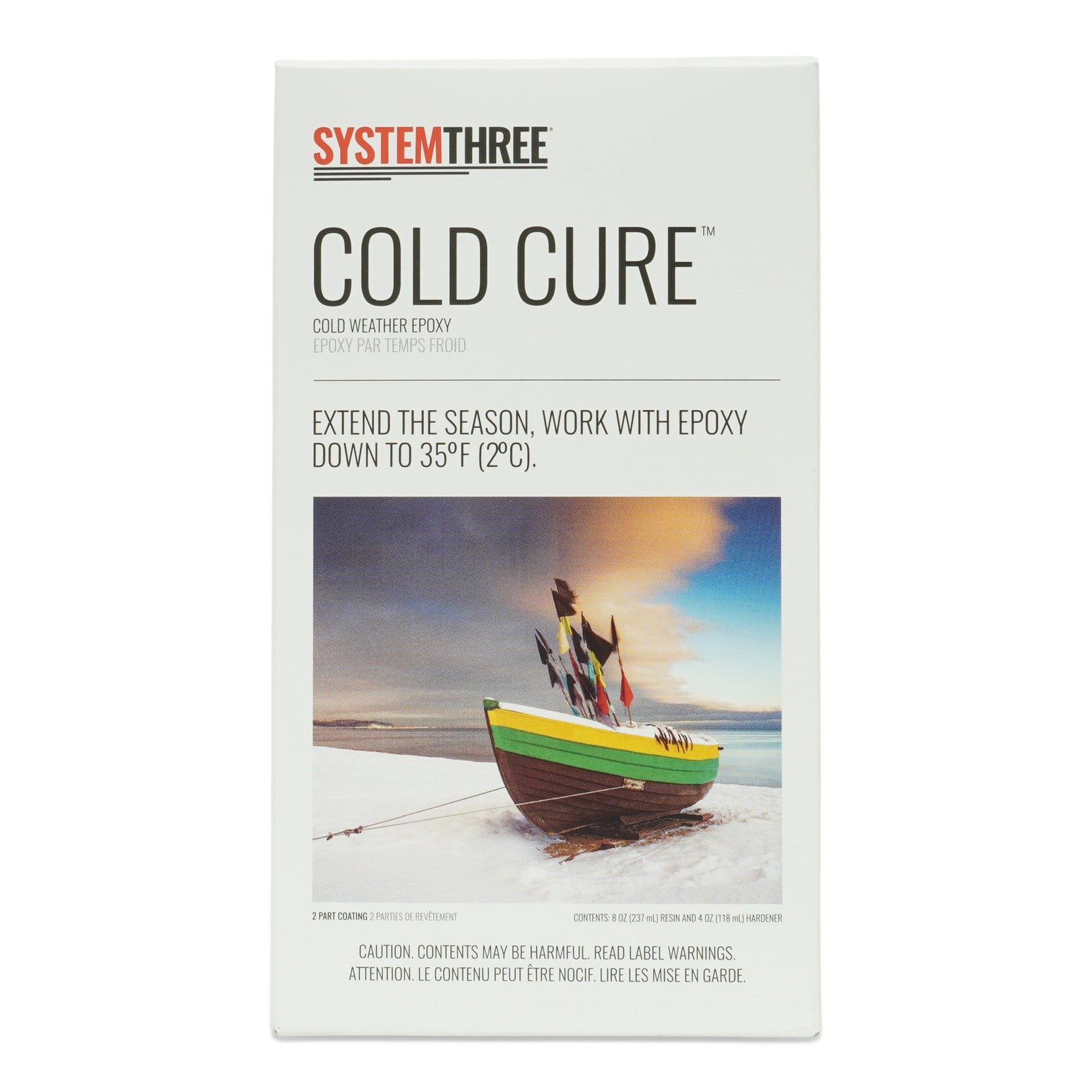
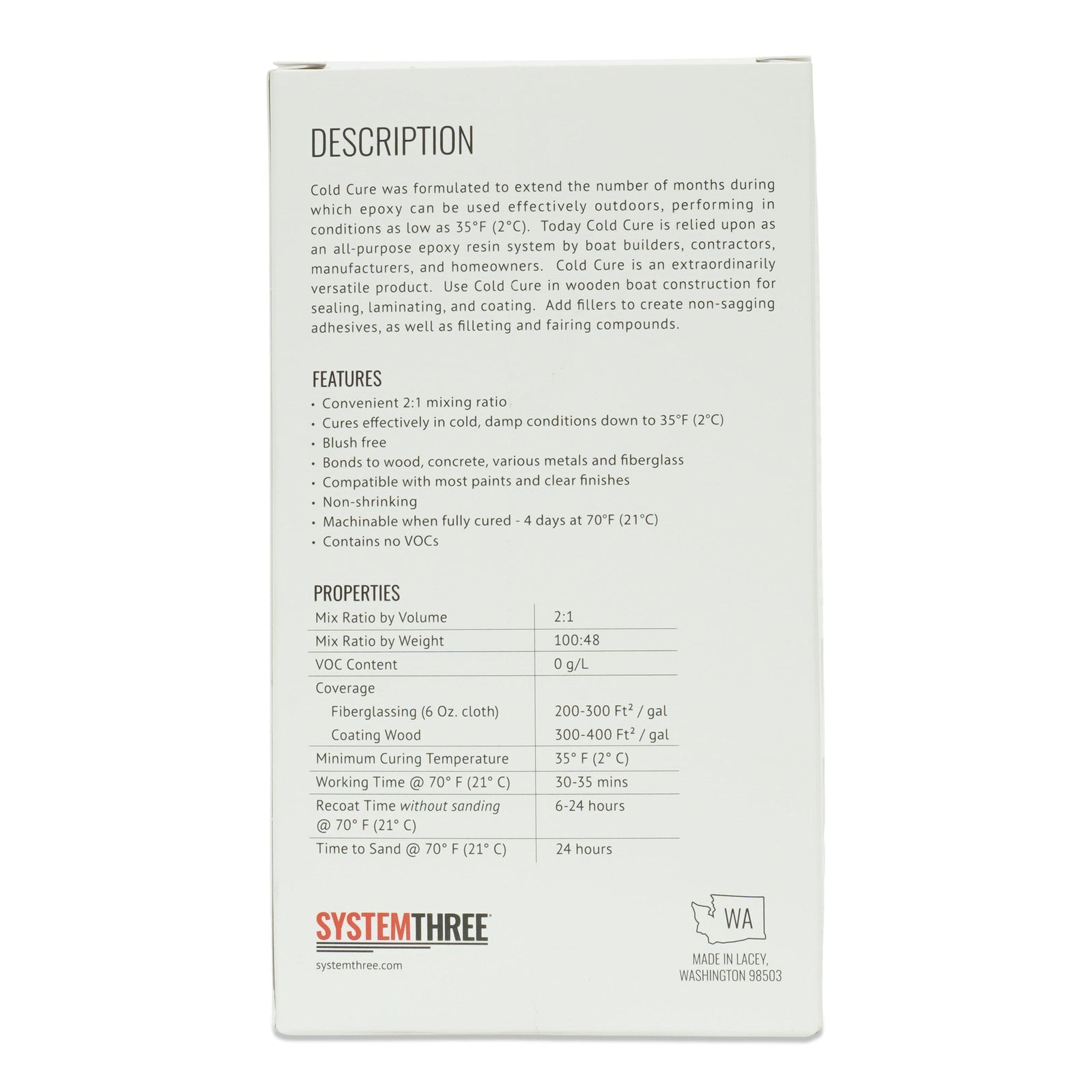
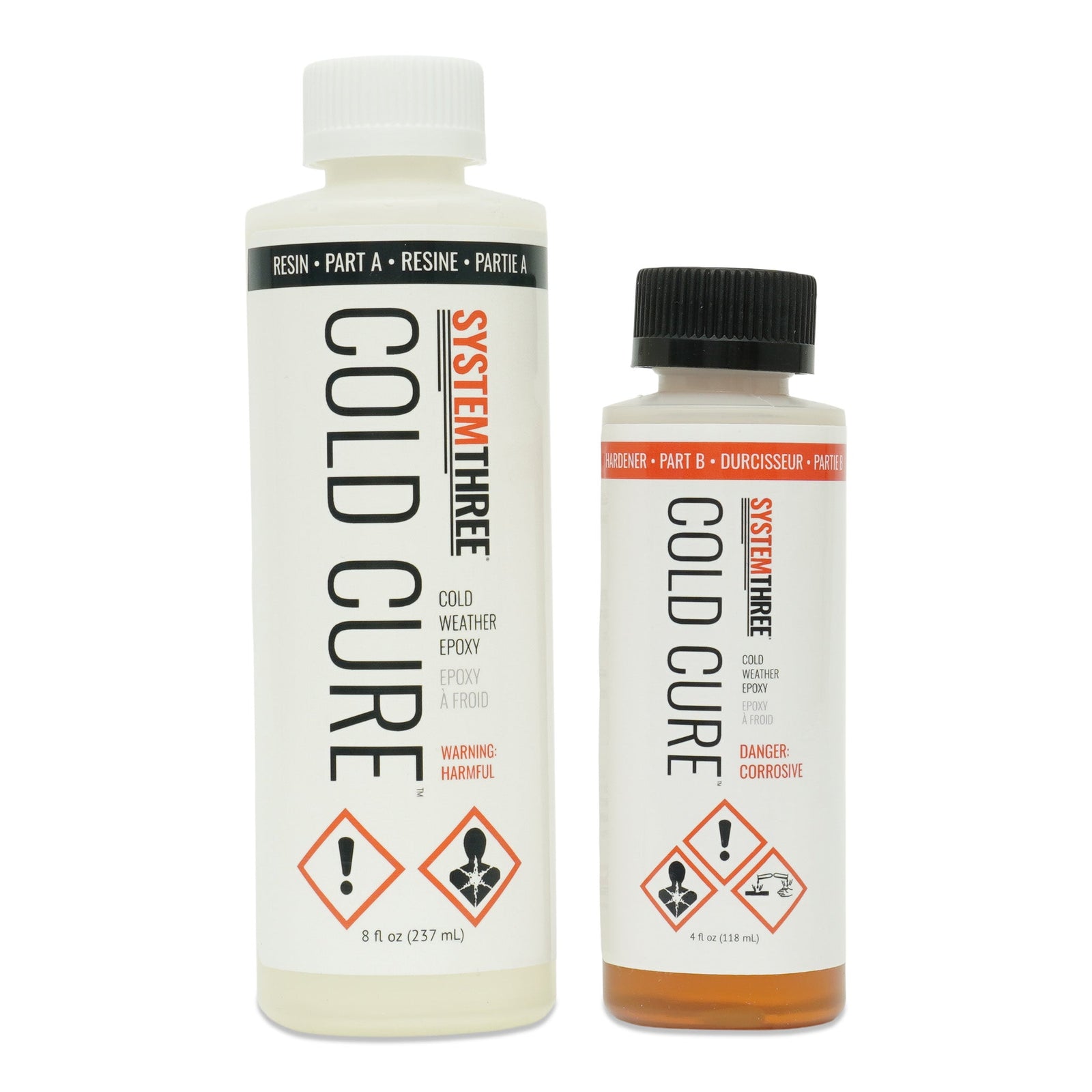
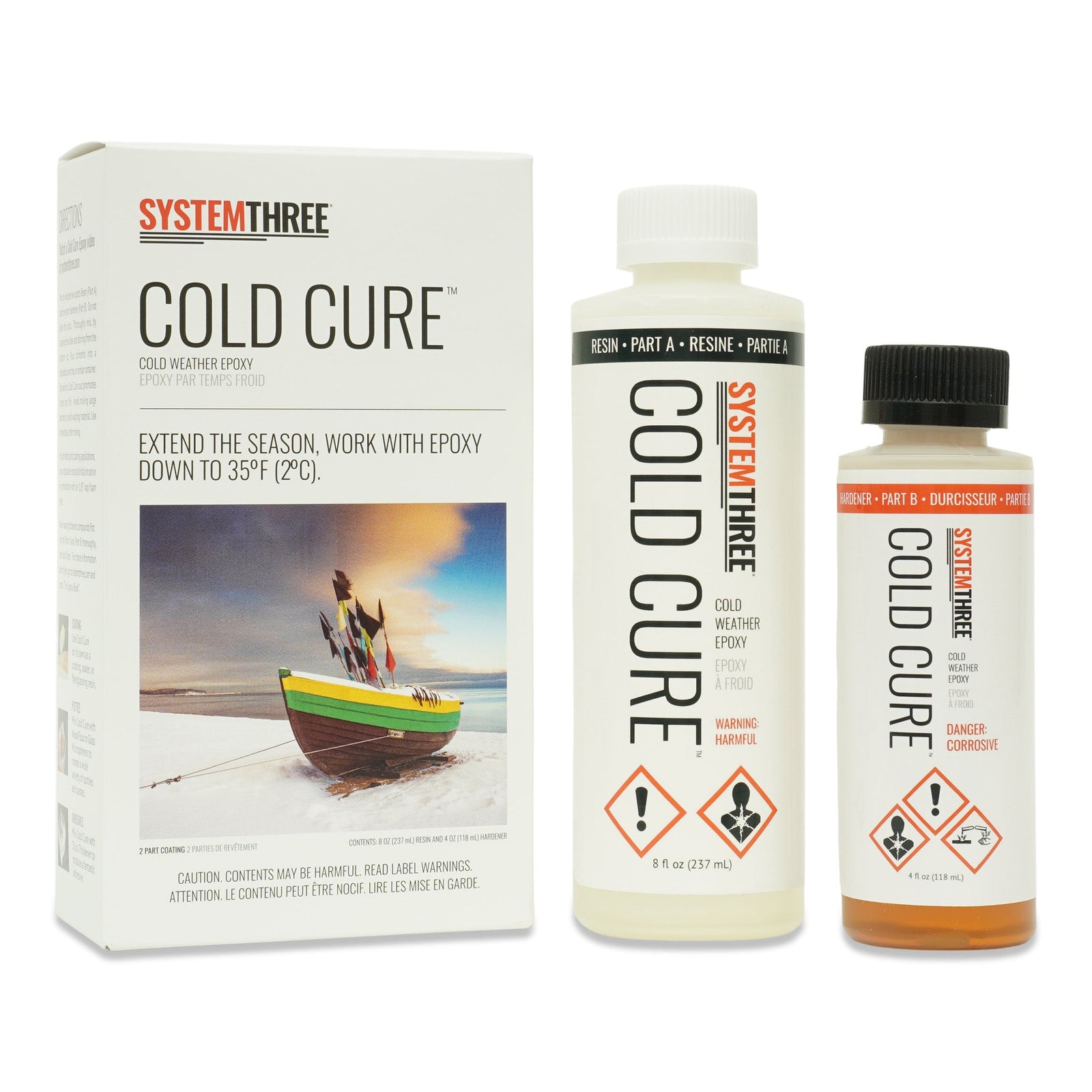
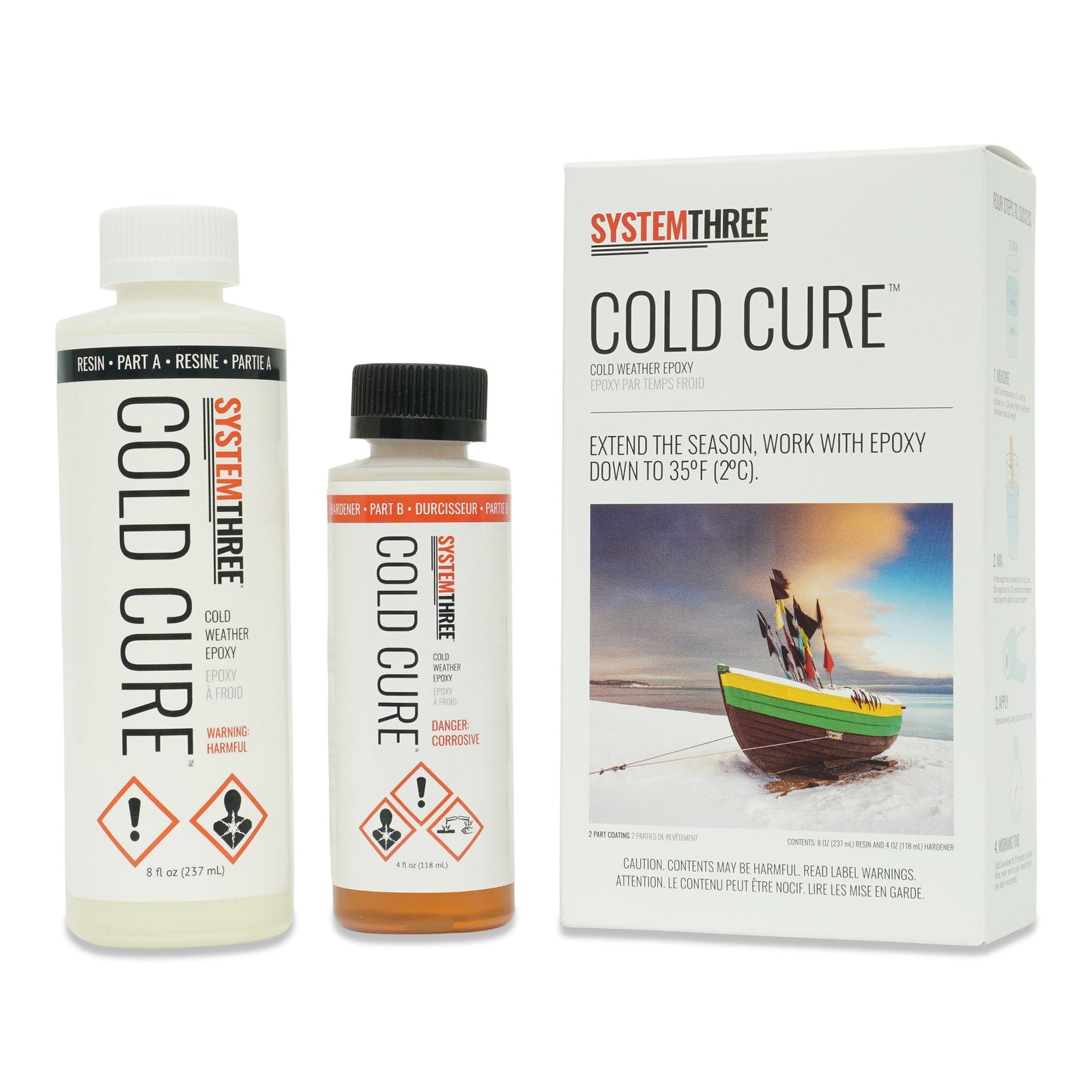
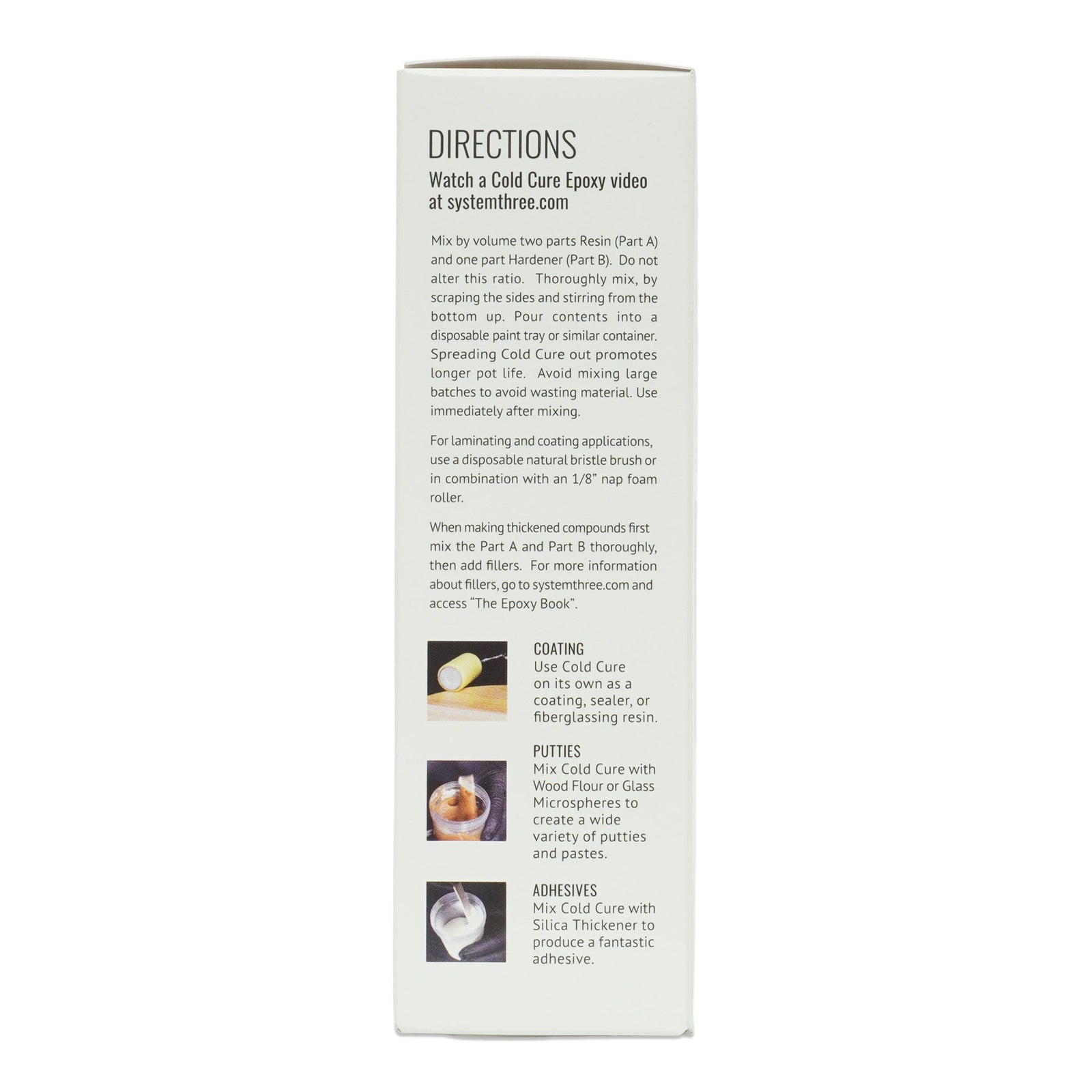
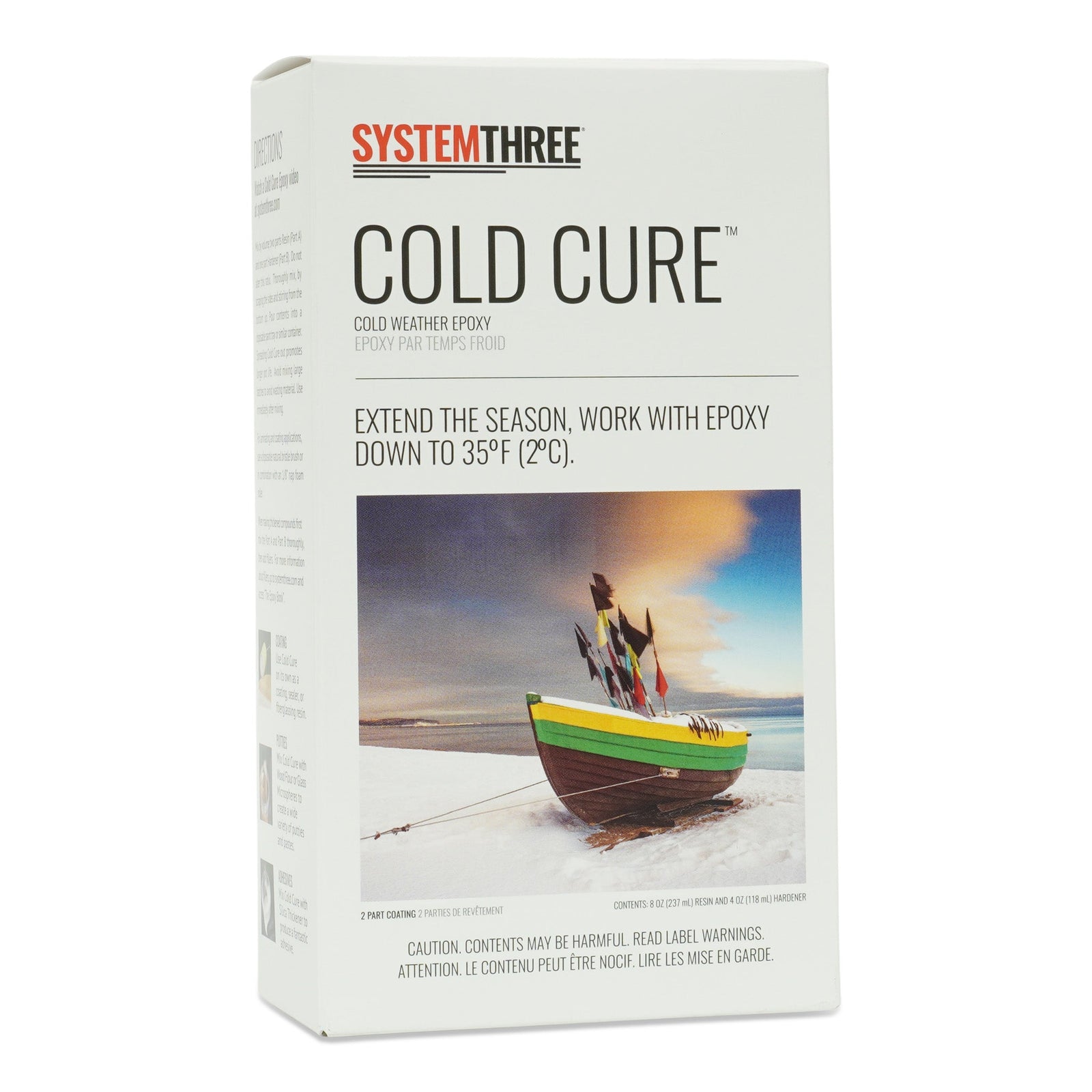
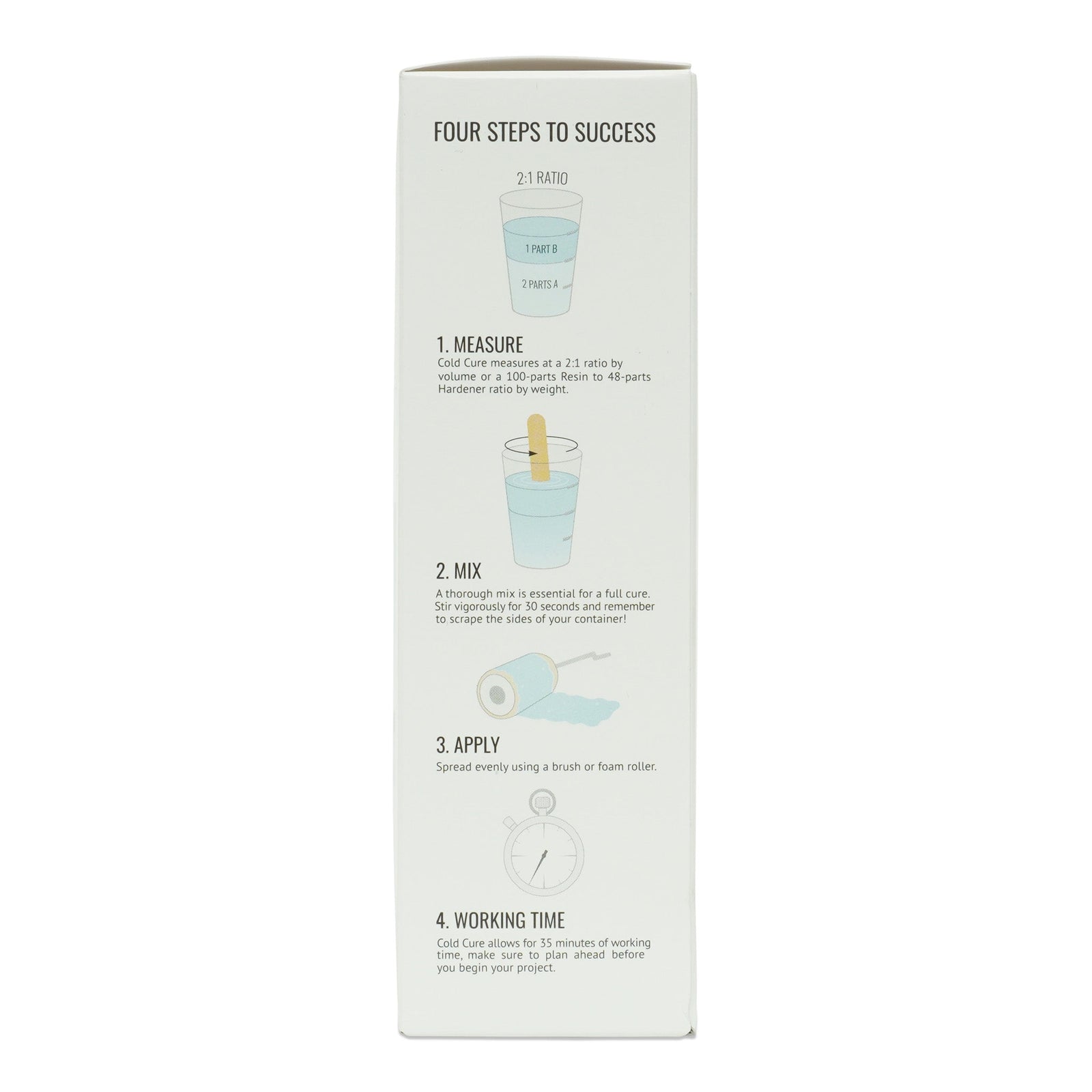
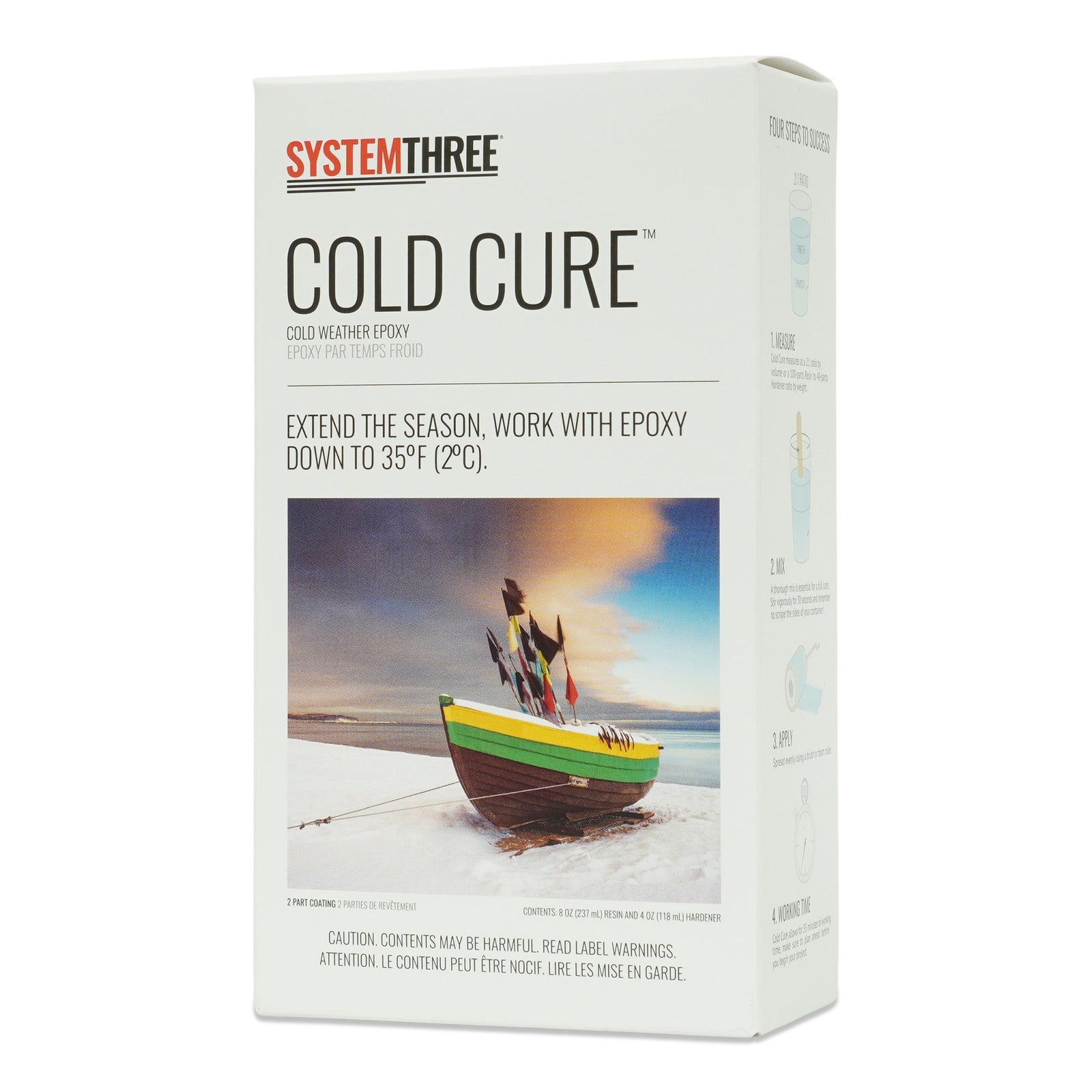
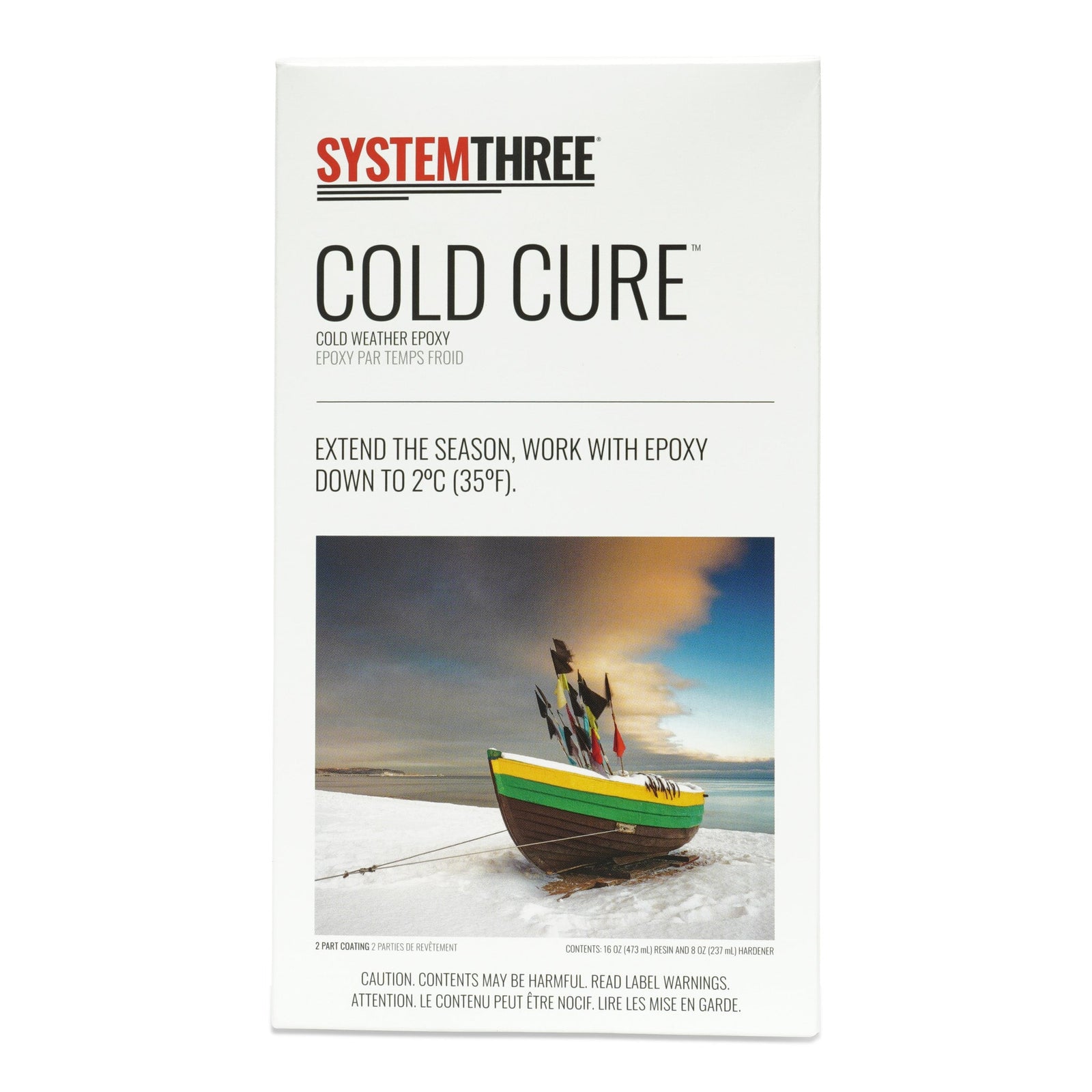
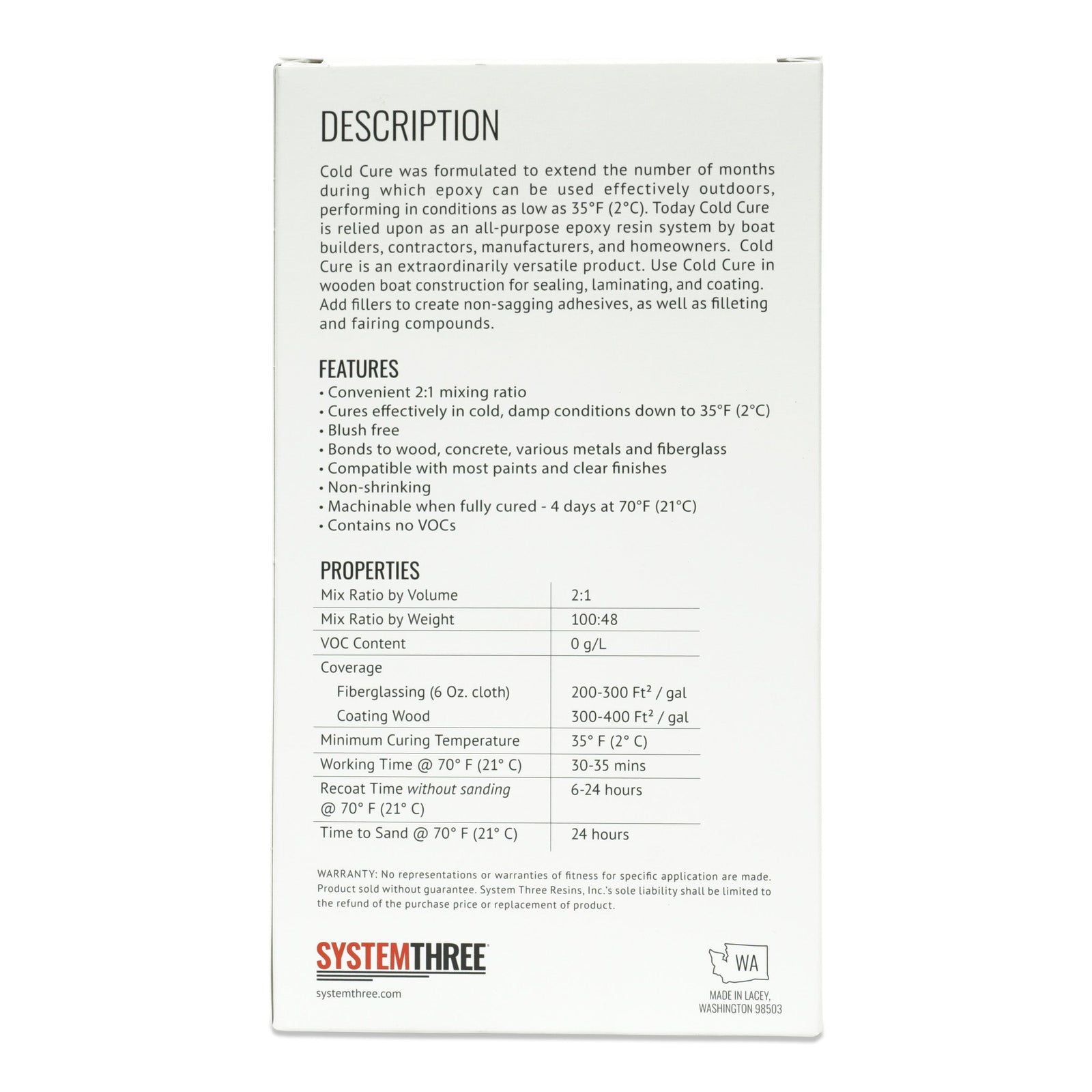
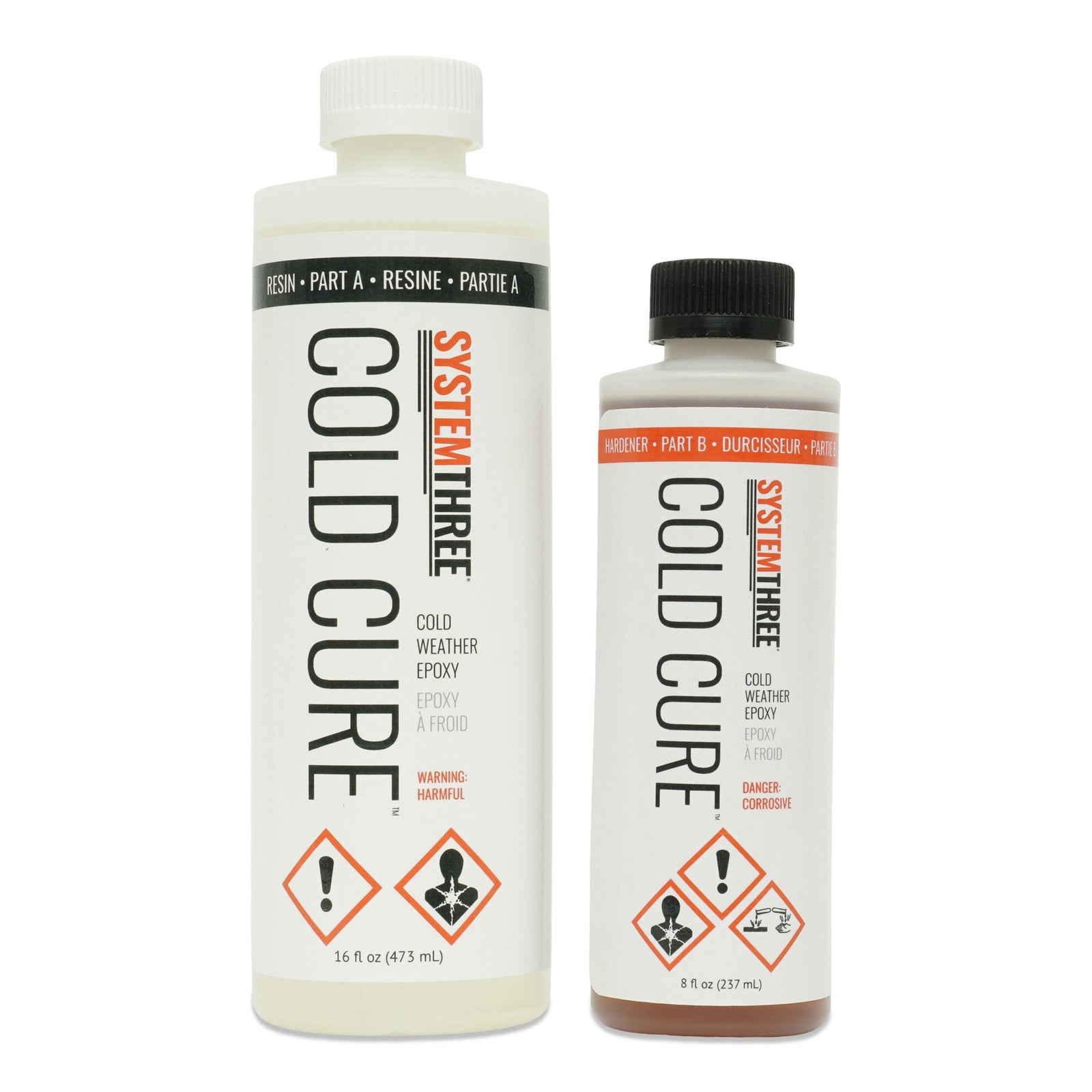
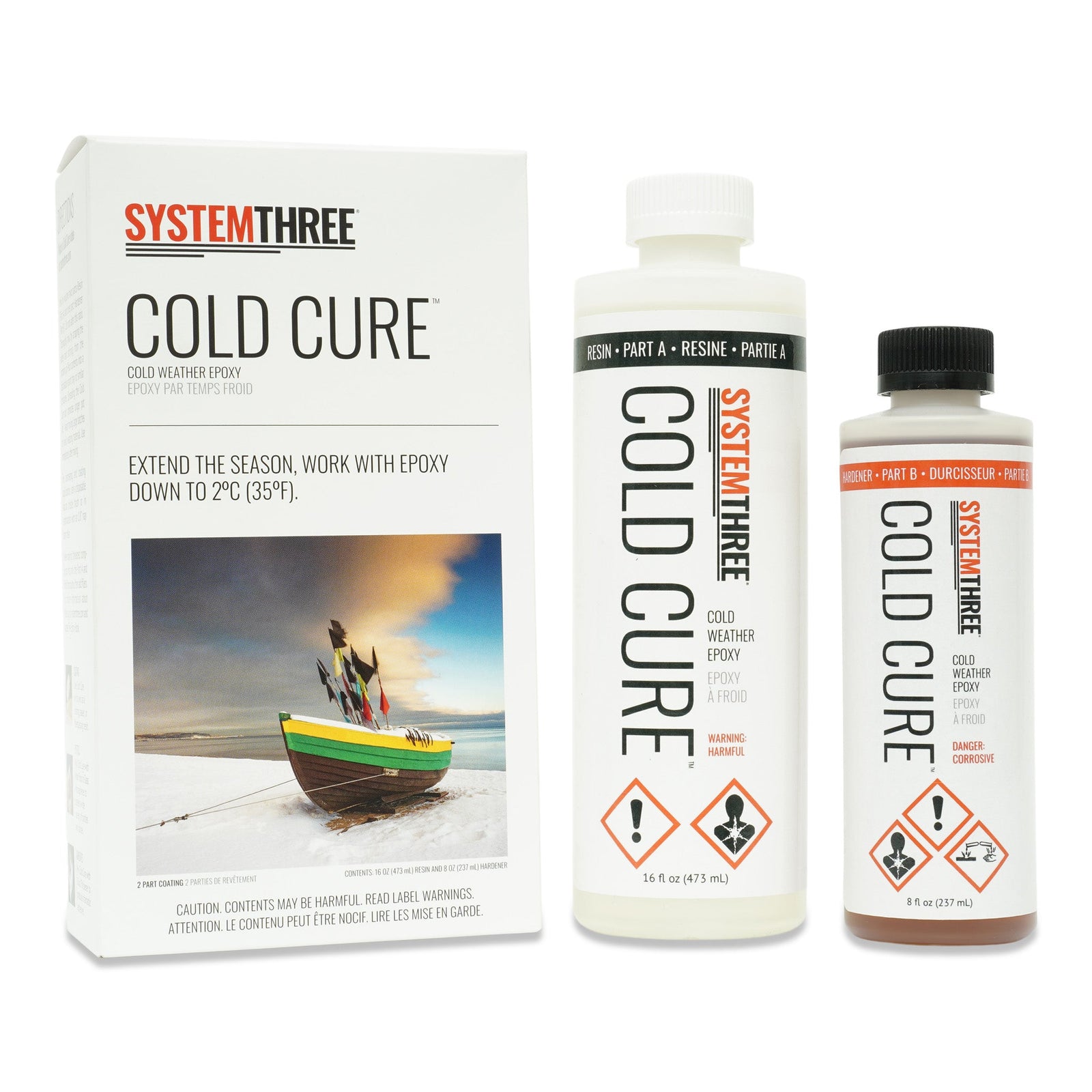
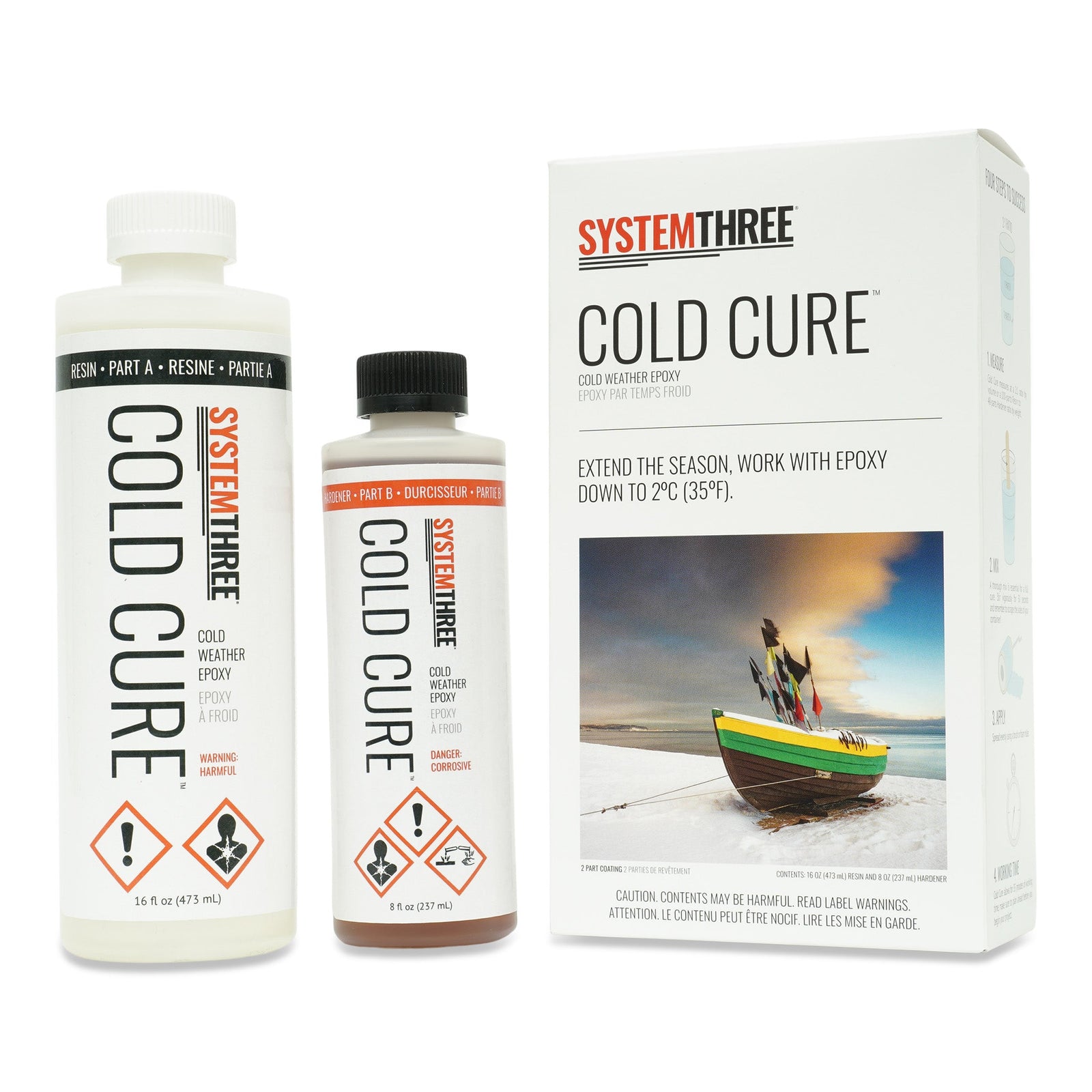
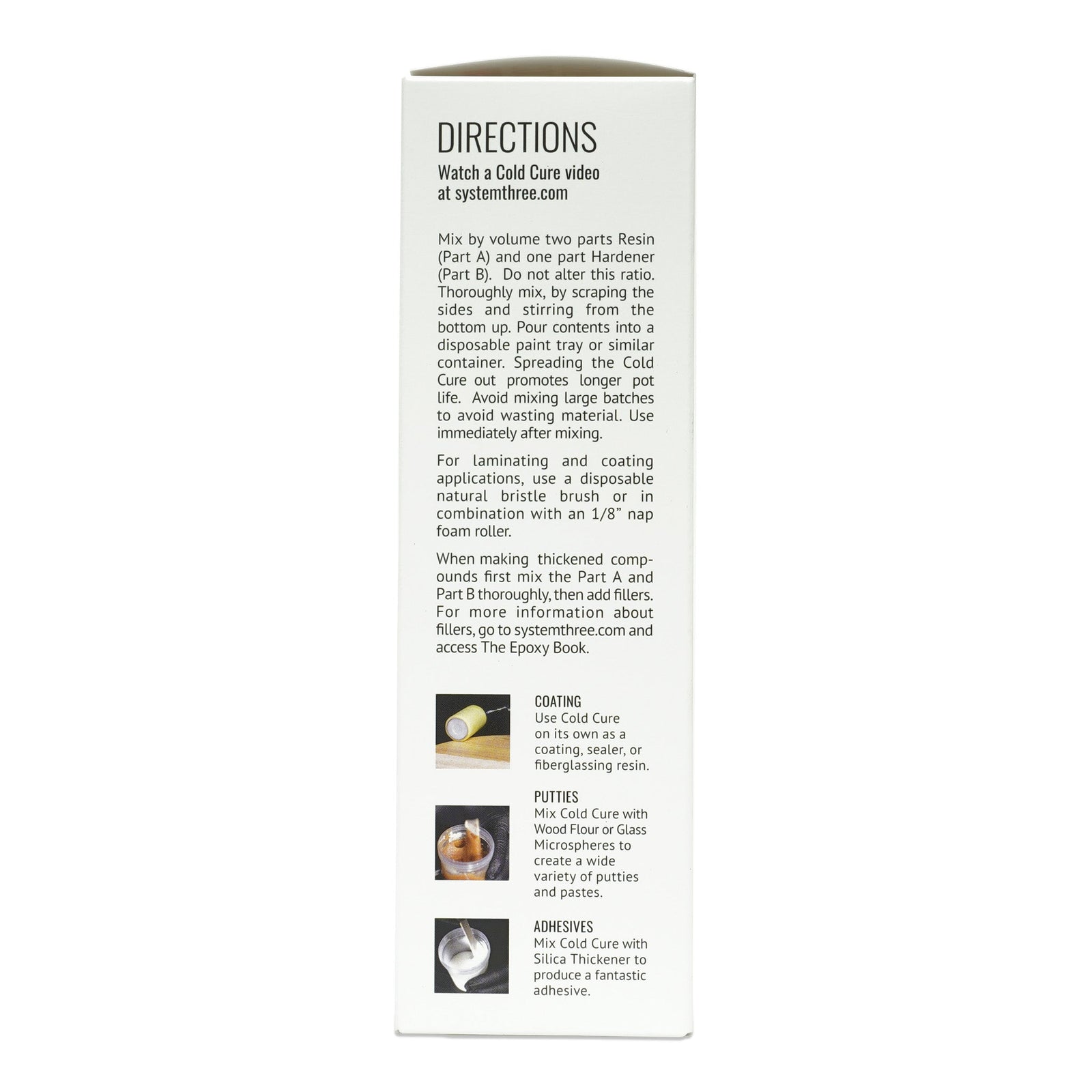
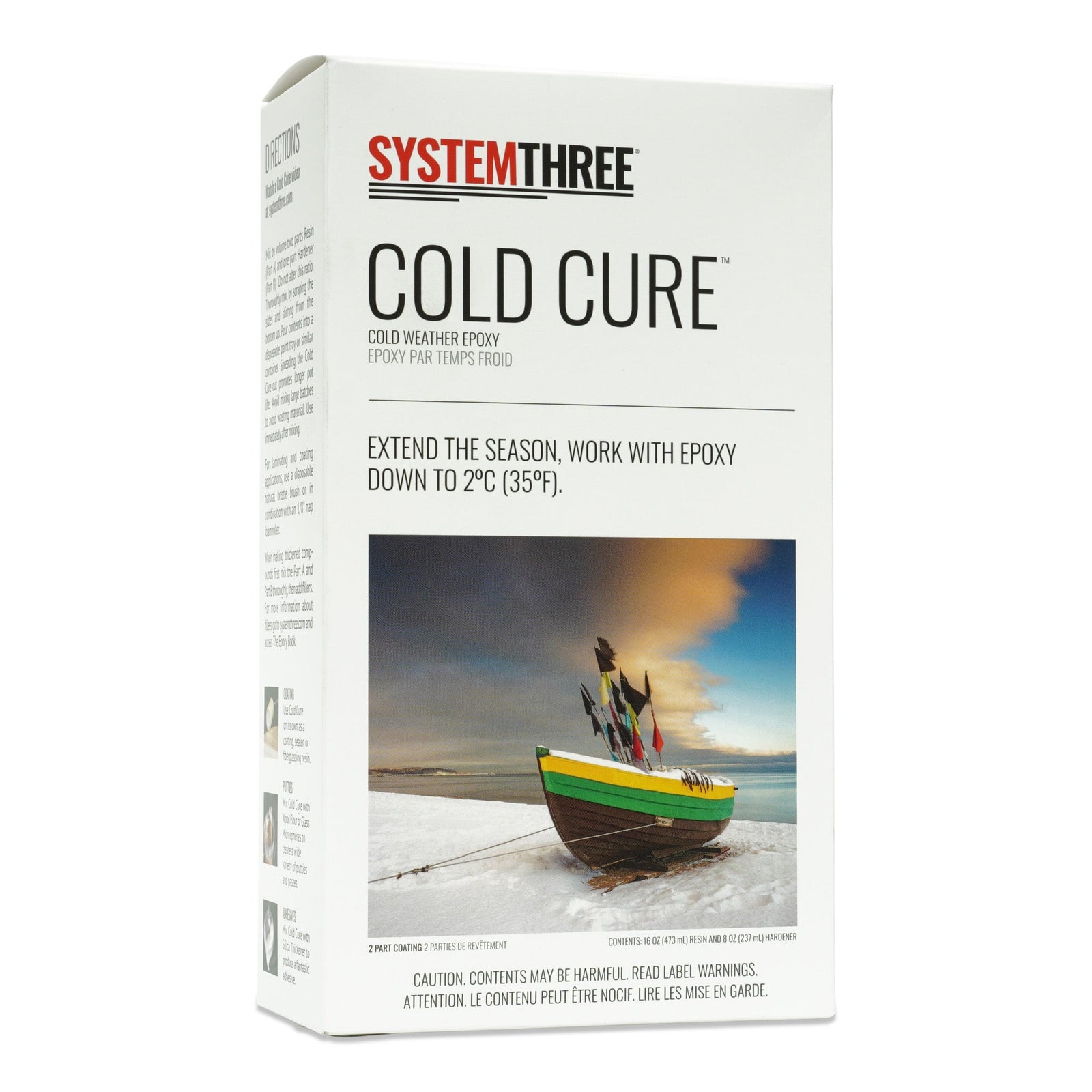
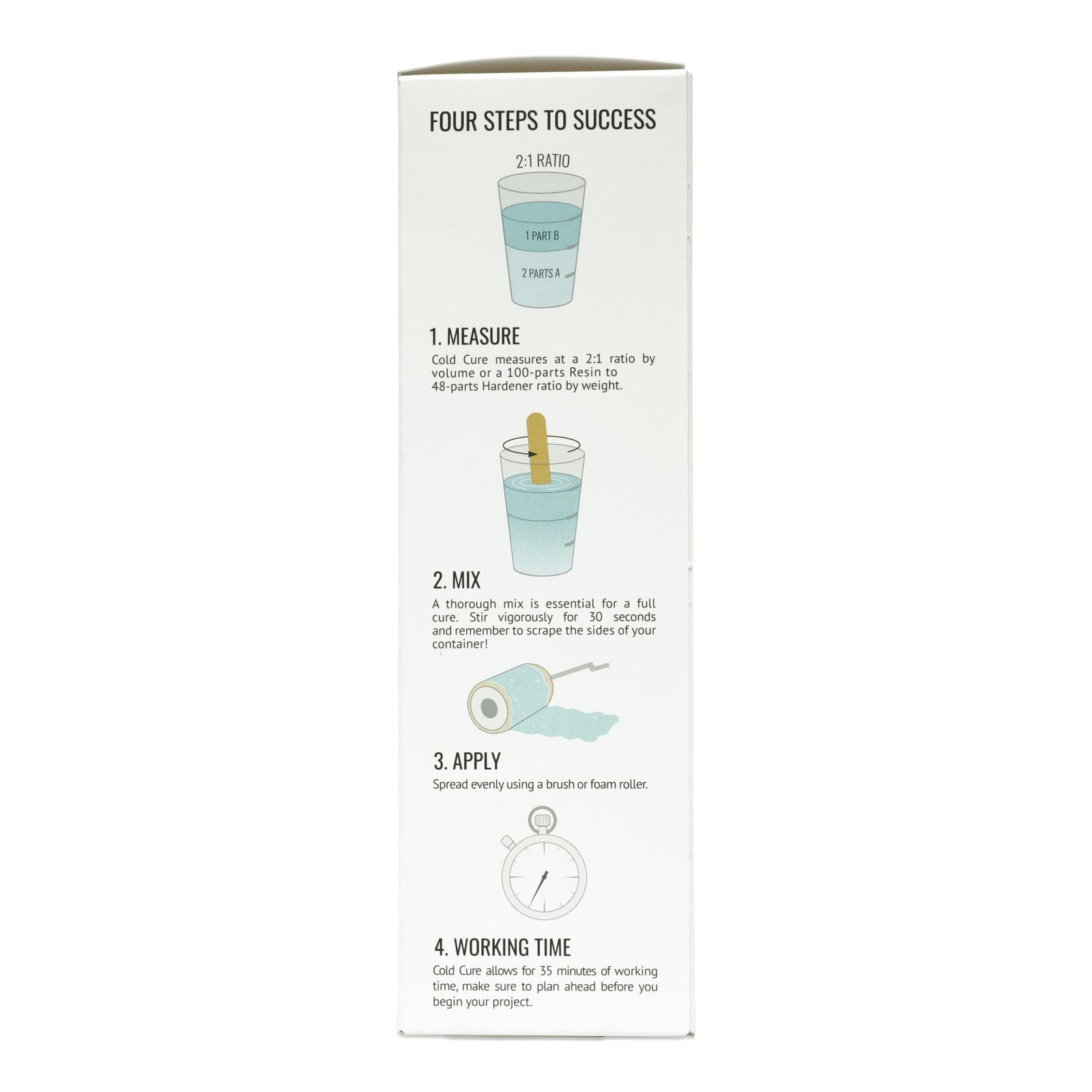
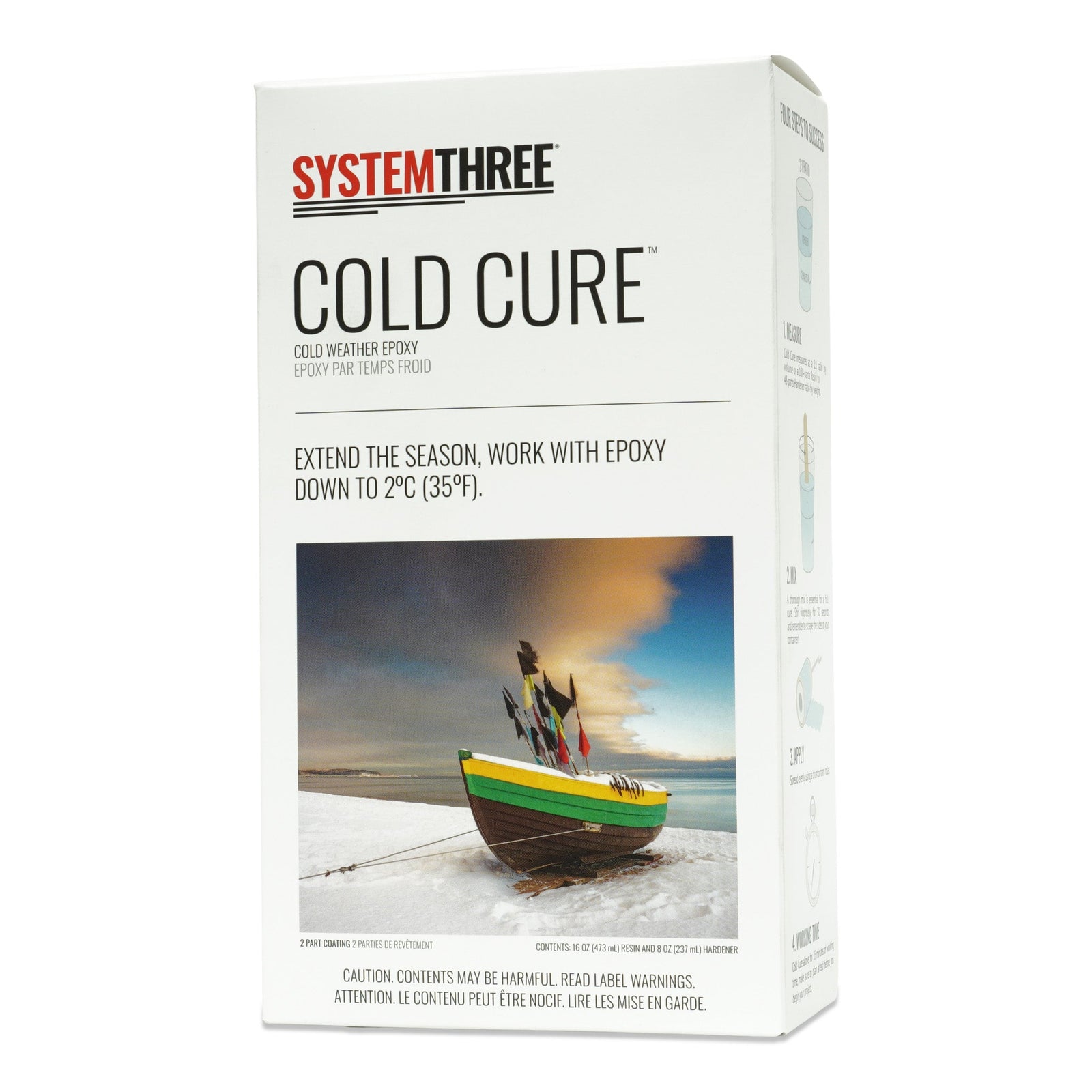
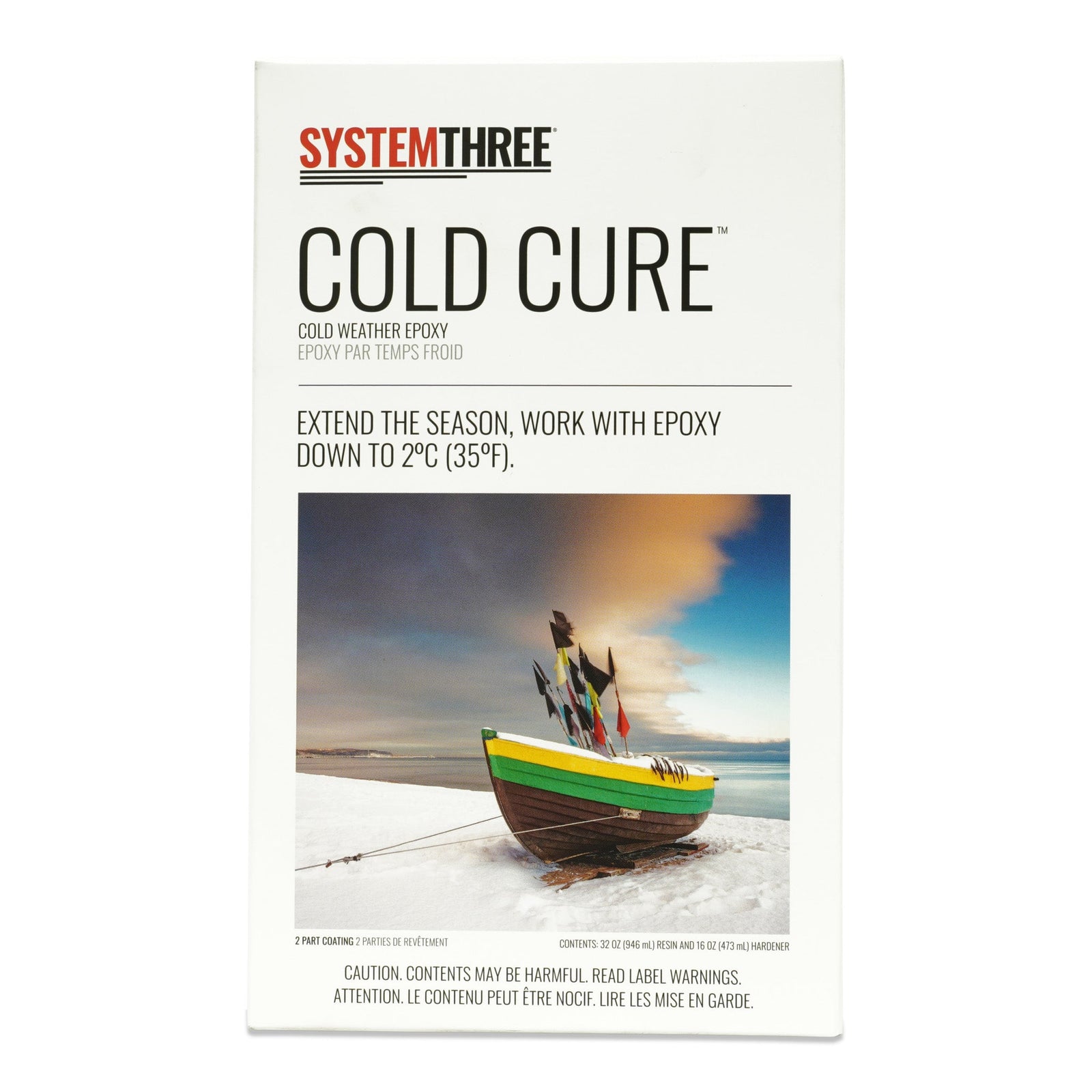
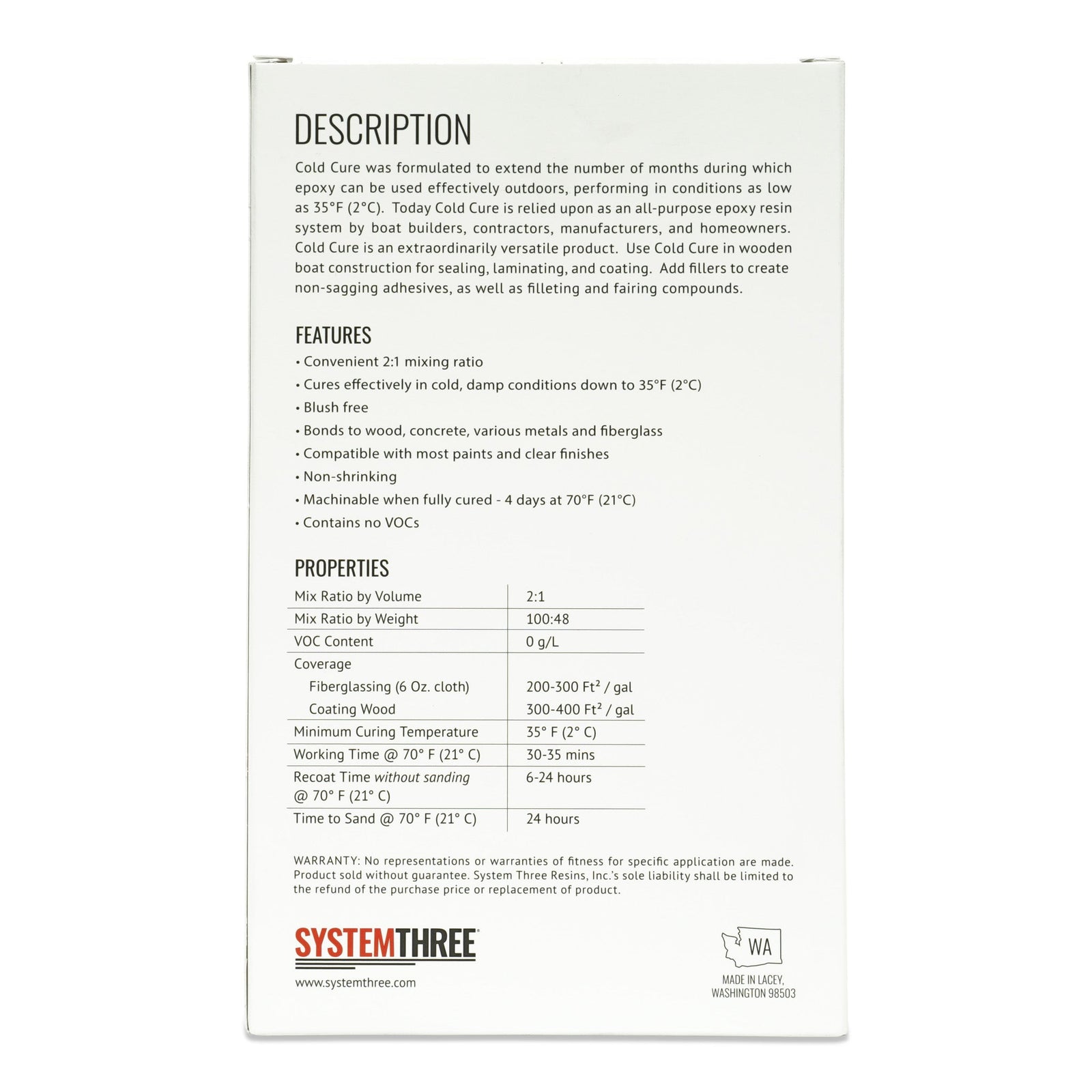
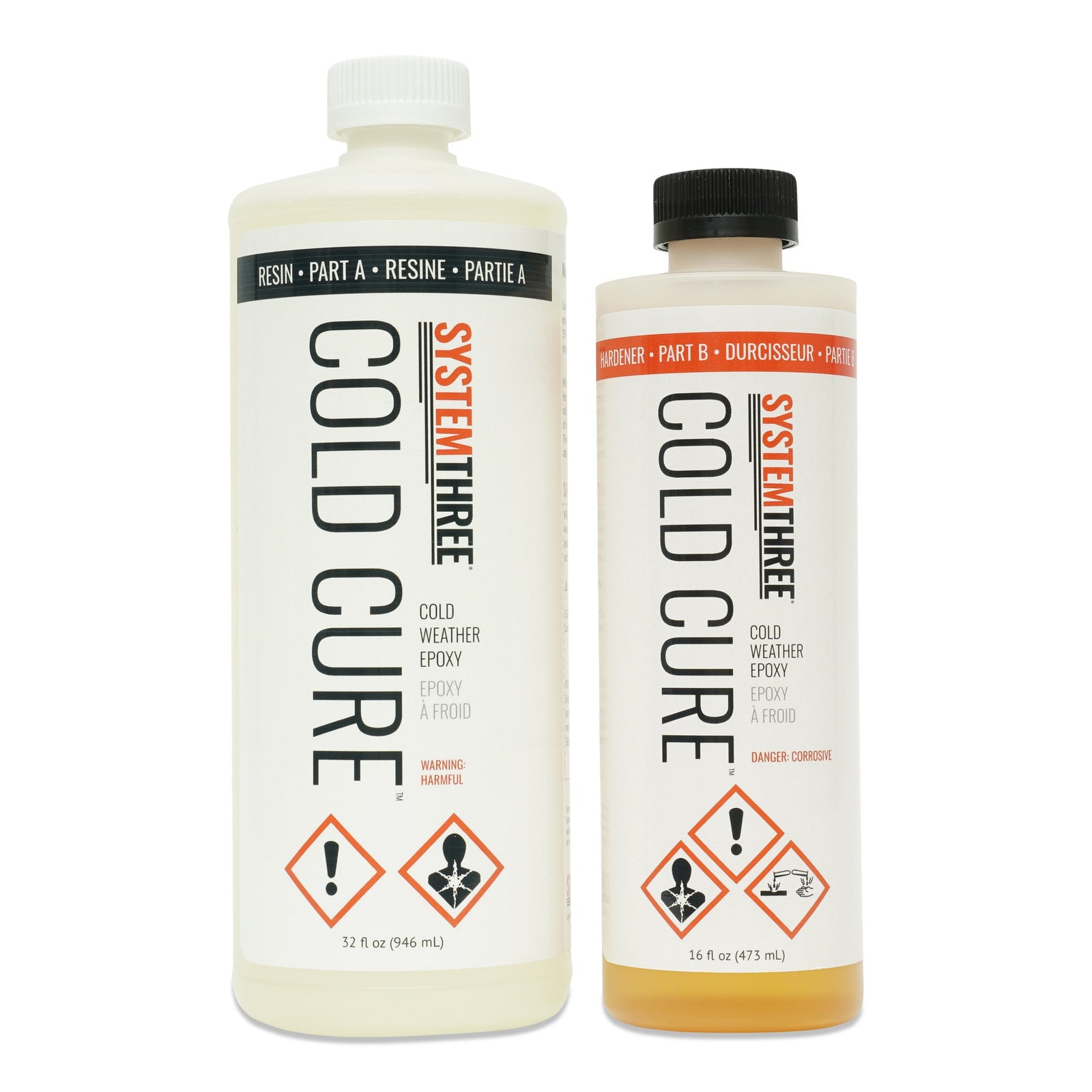
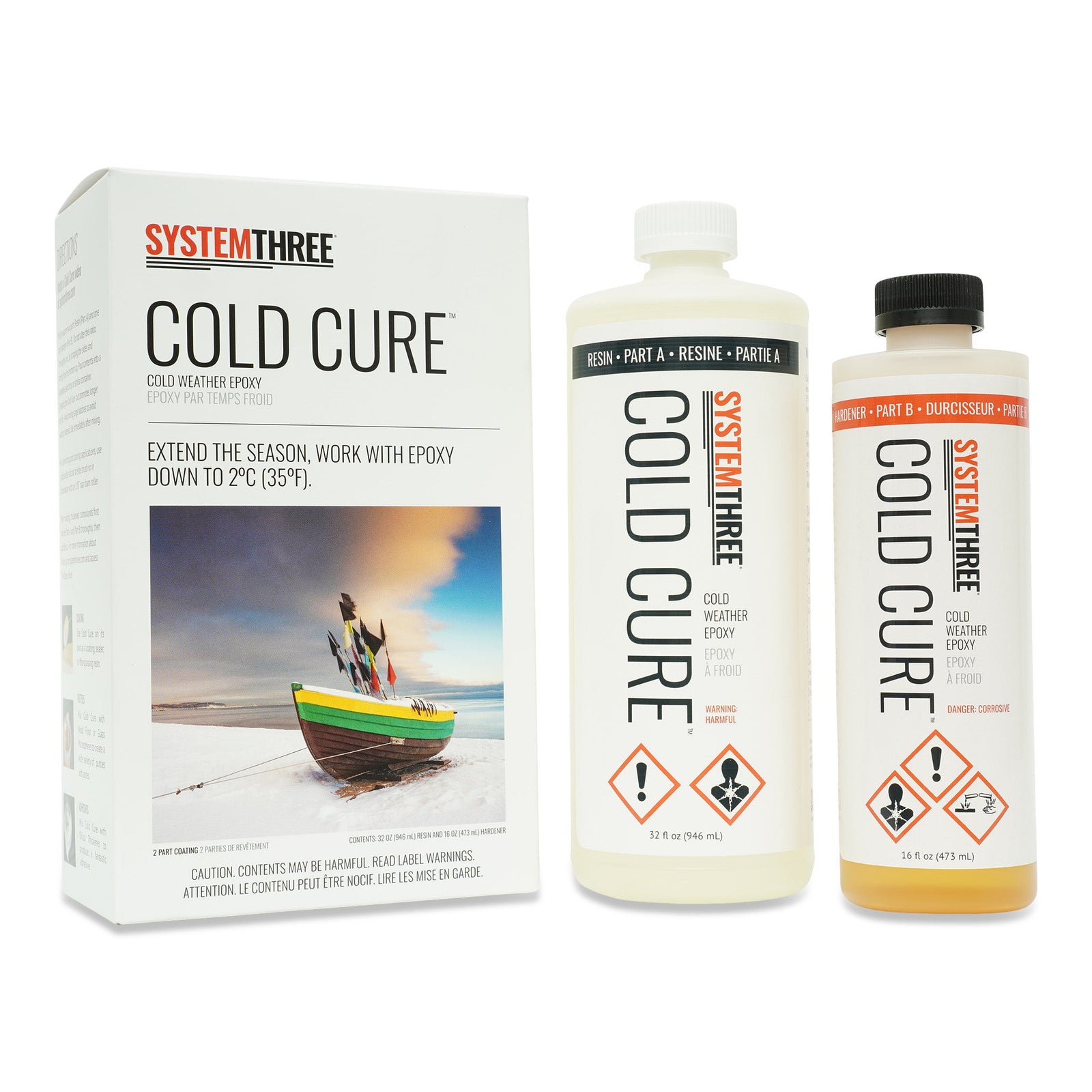
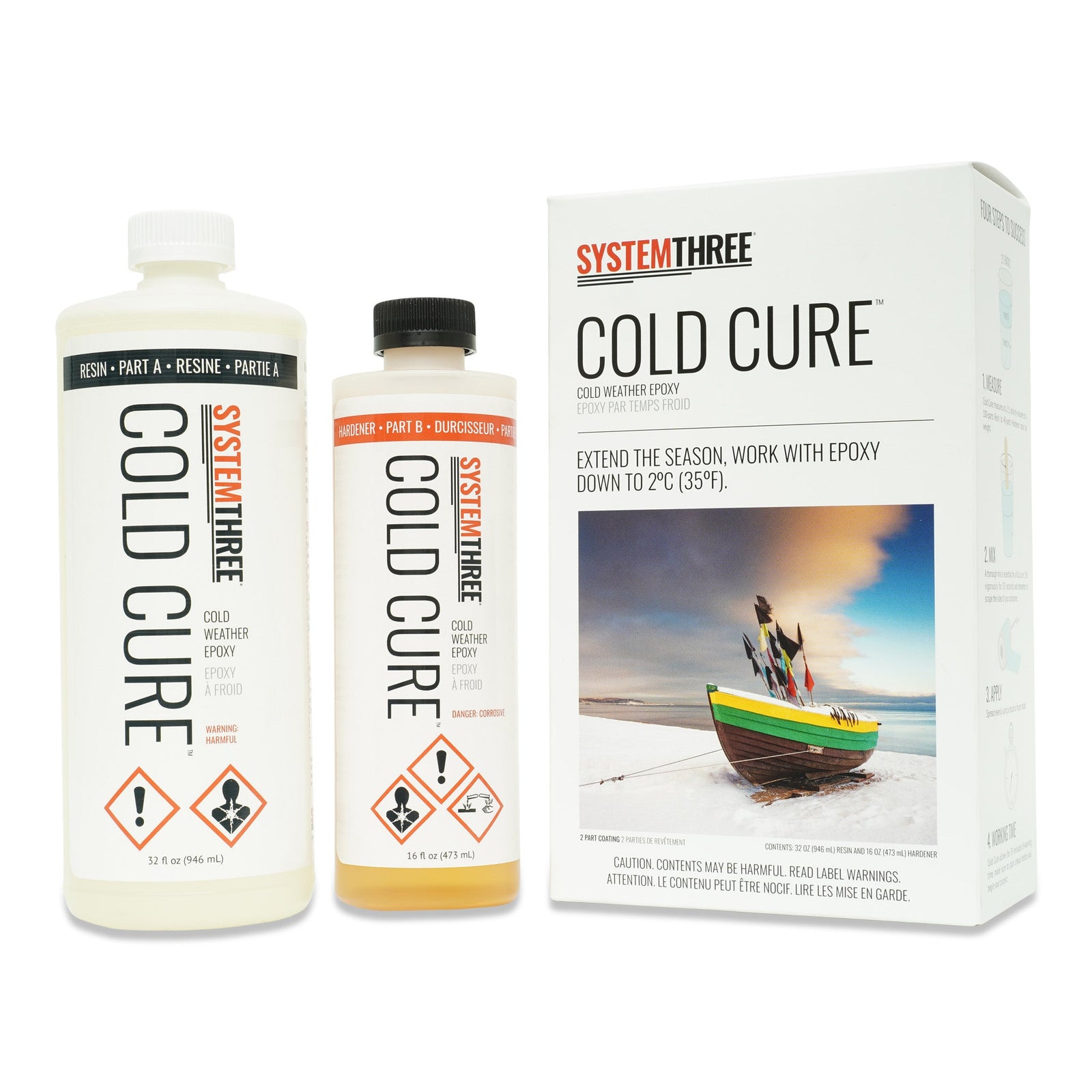
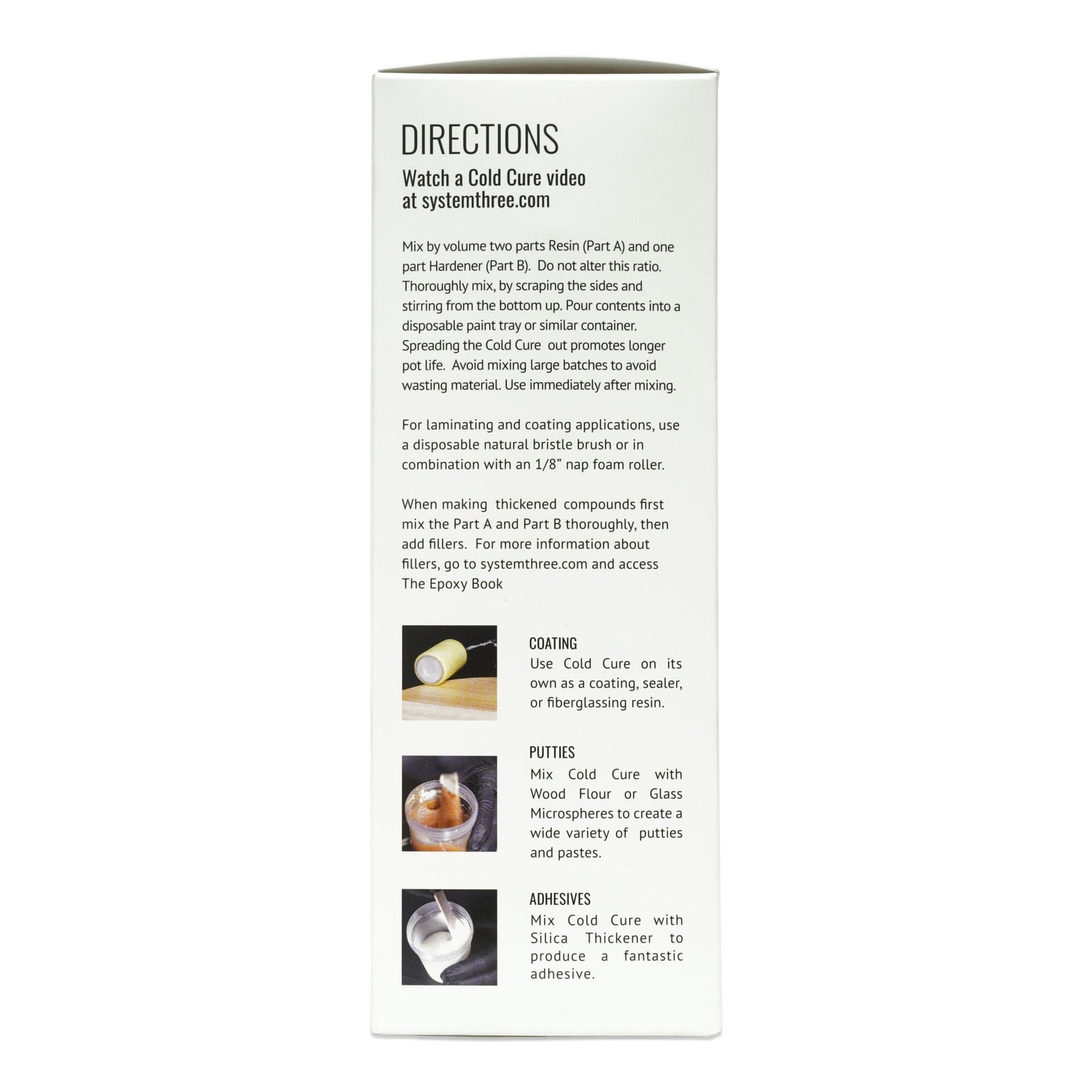
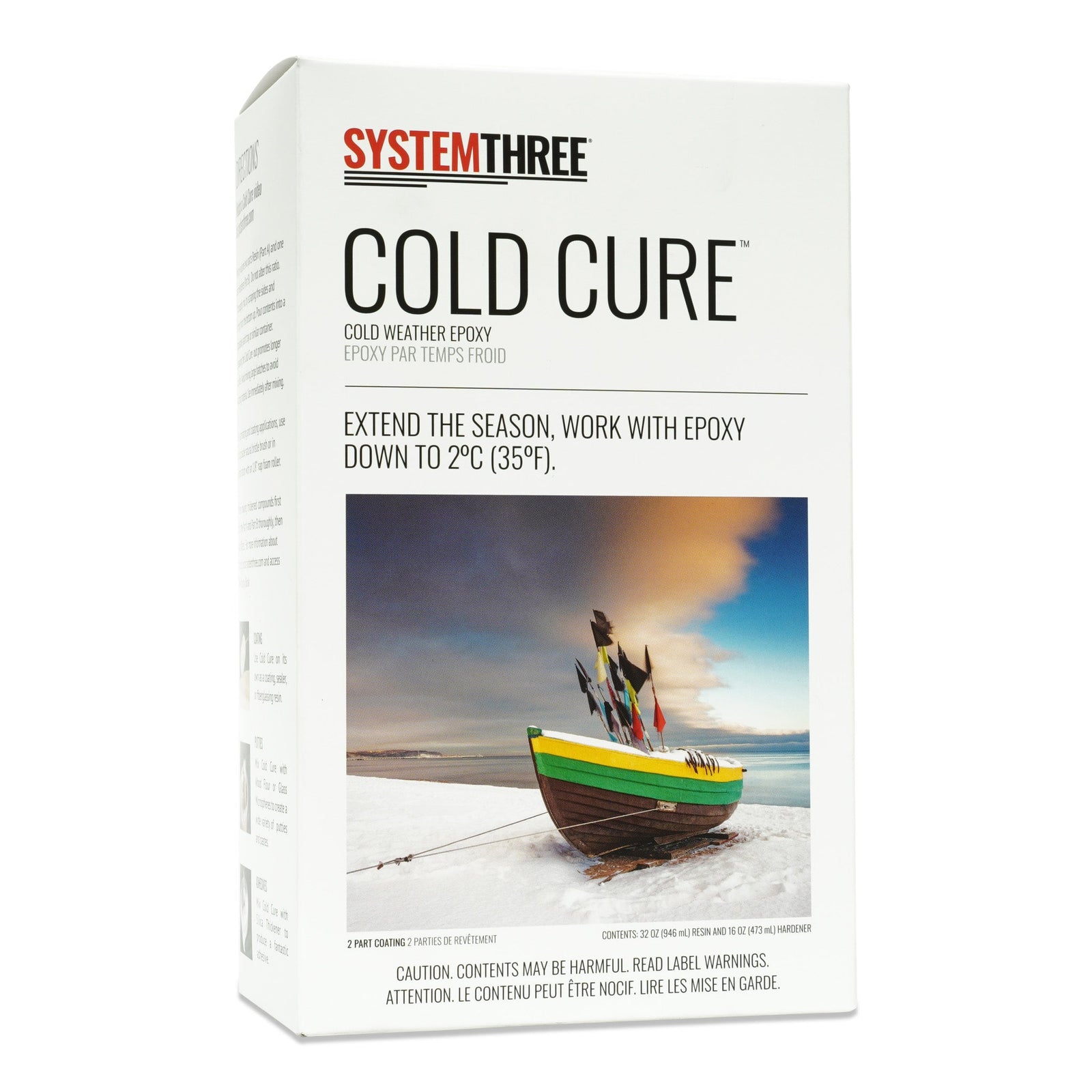
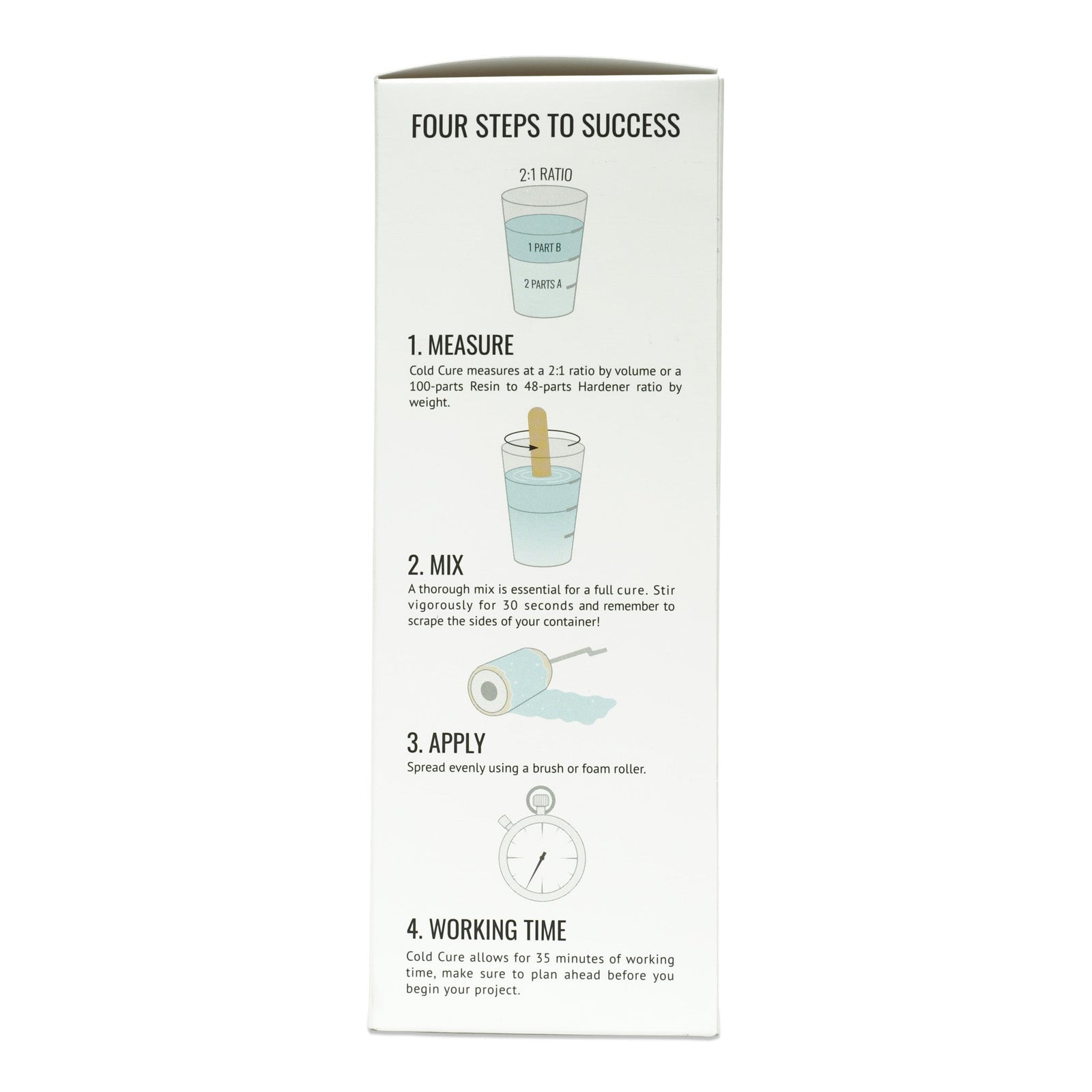
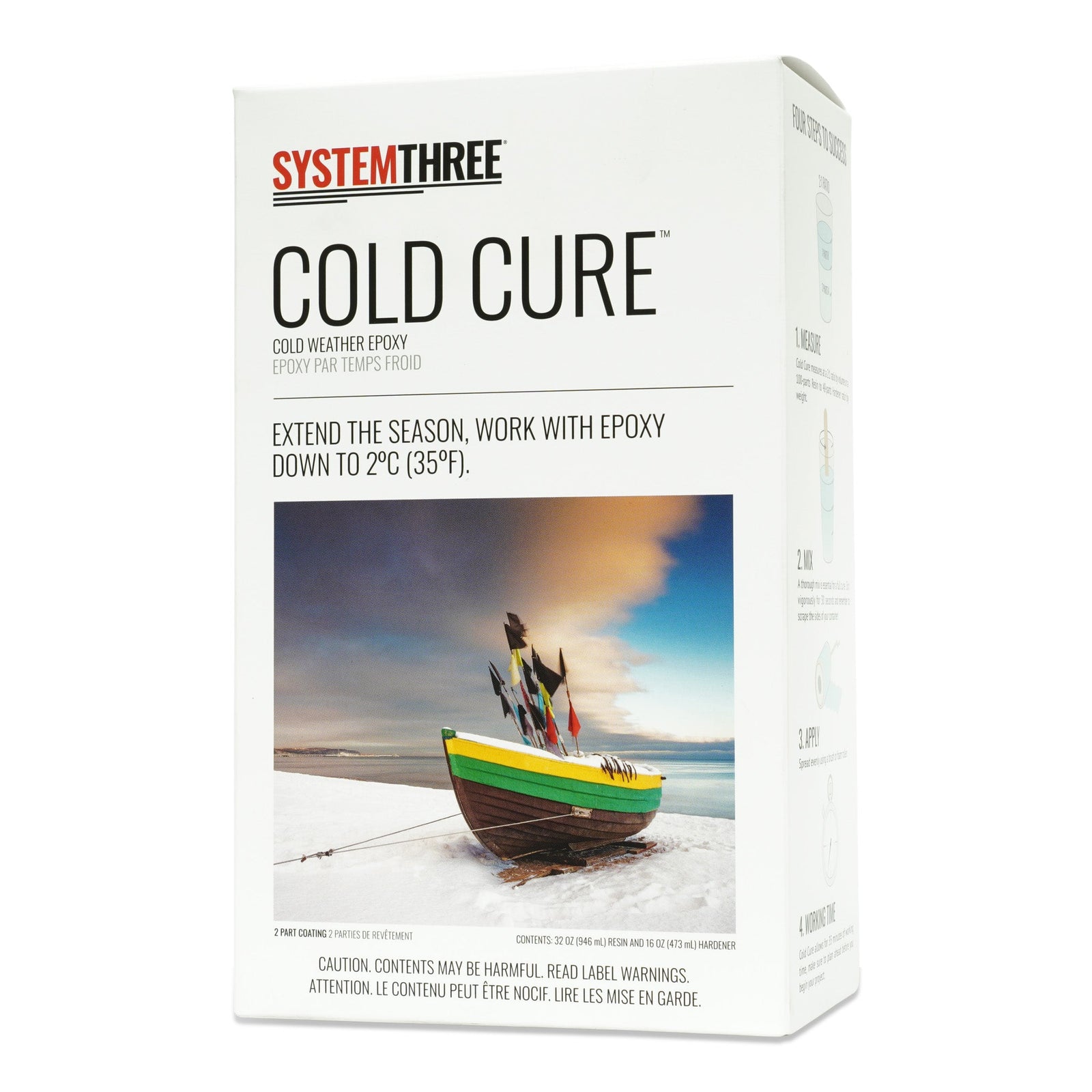
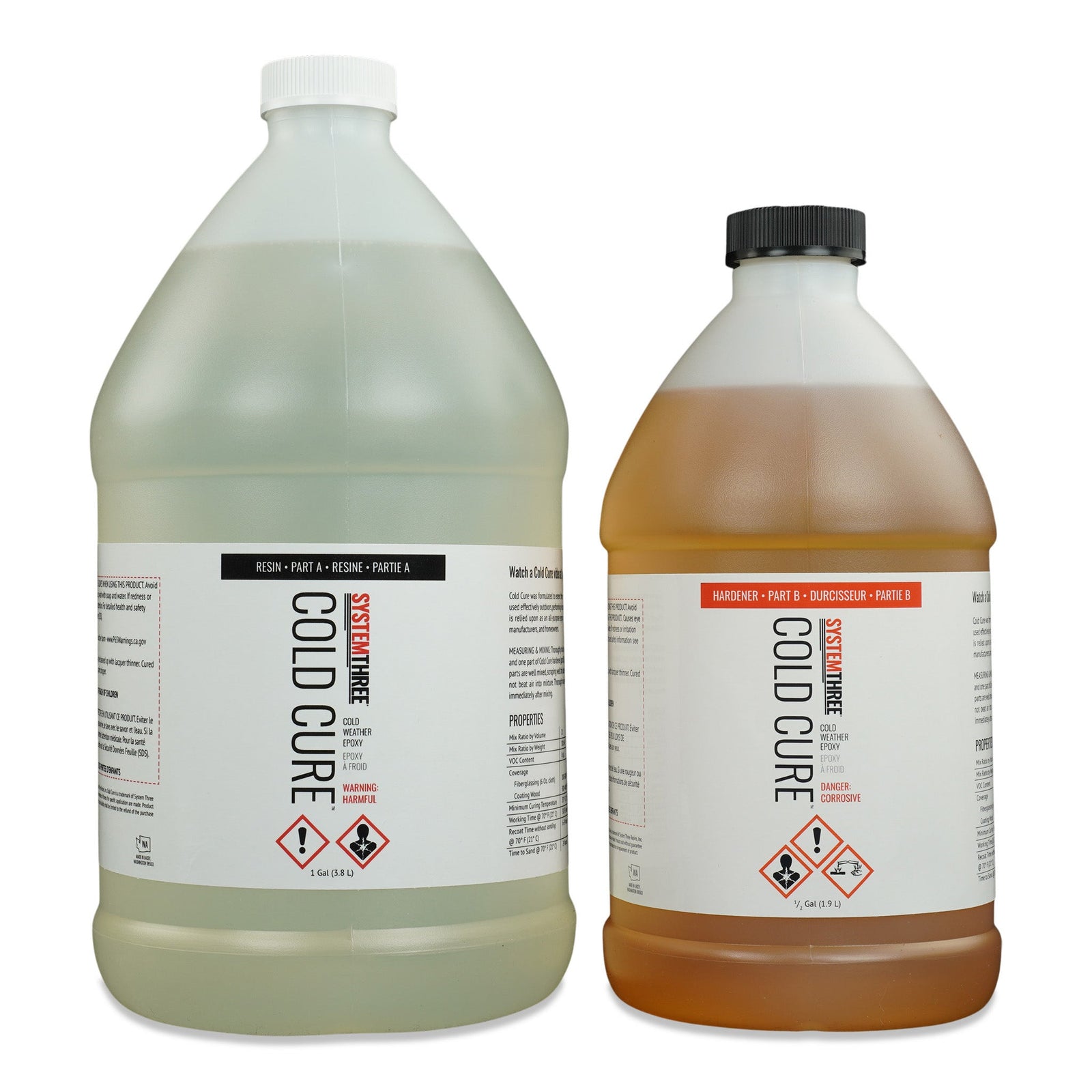
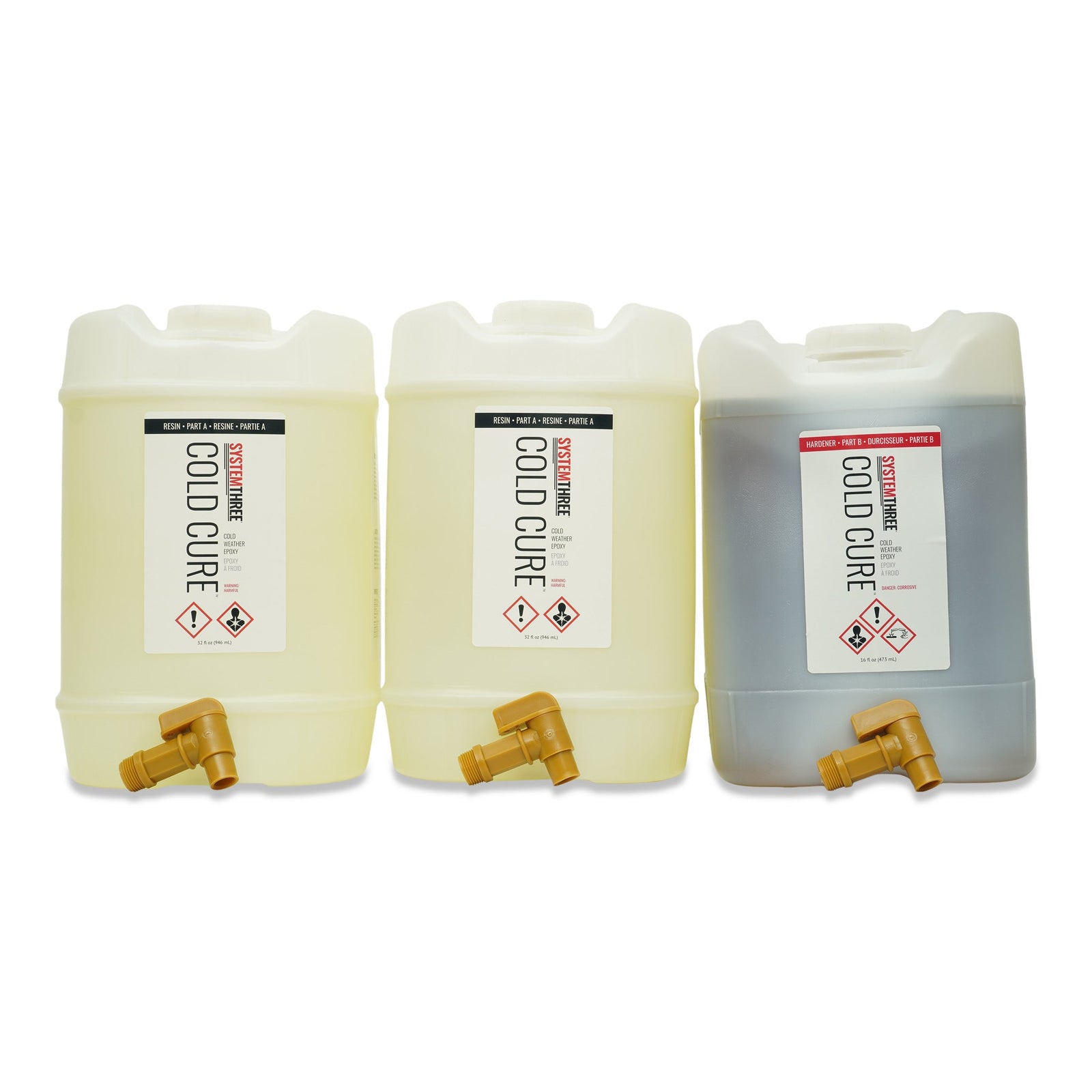
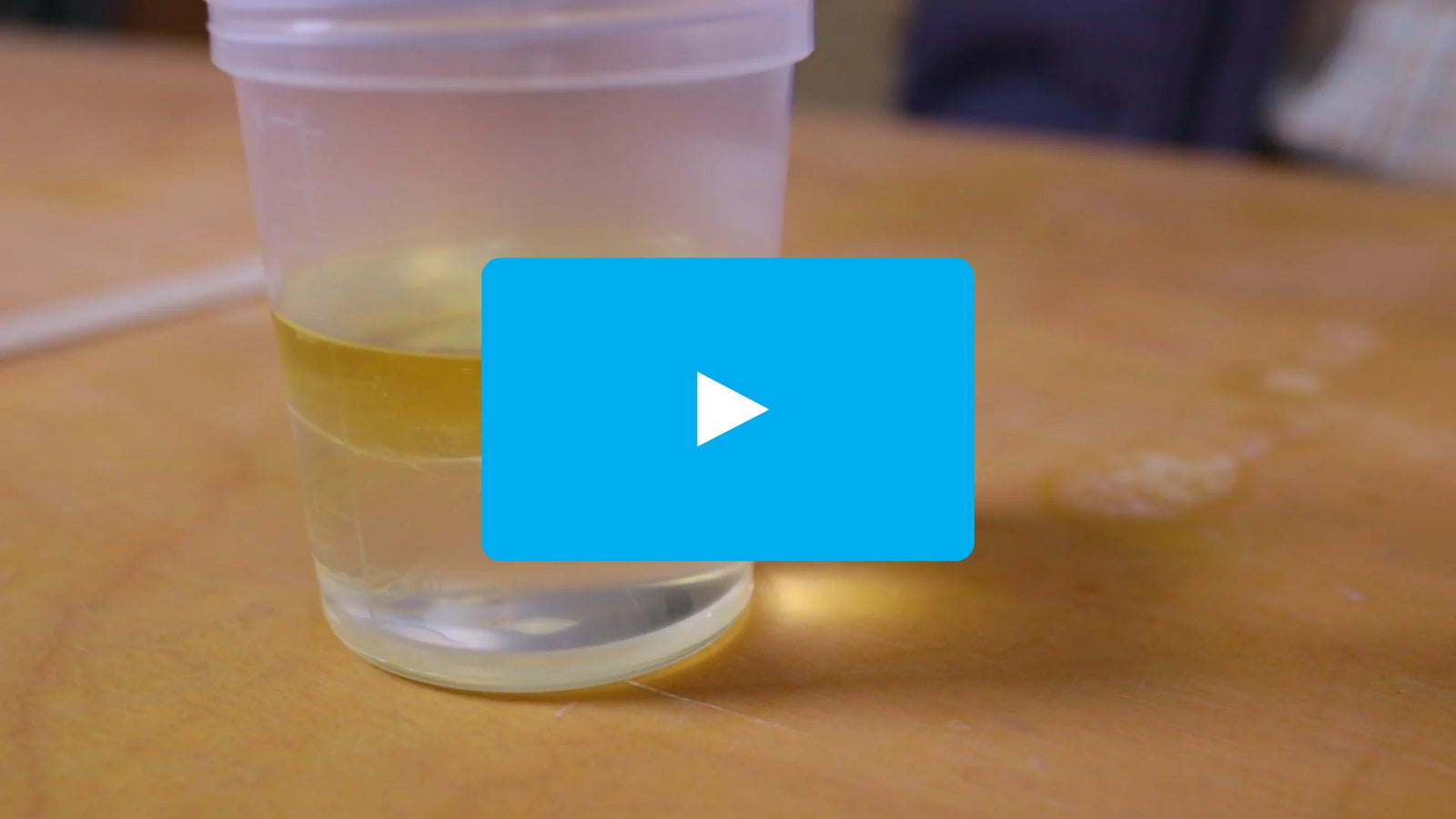
Cold Cure
Cold Cure is a blush resistant, two-part epoxy laminating and coating resin that excels in foul weather conditions. It cures in cold, damp, and humid environments while remaining resistant to water spotting.
Use it in marine and woodworking applications. Cold Cure can be mixed with various fillers to create filleting and fairing compounds for marine applications. Adding silica thickener produces a general duty woodworking adhesive.
Description
Cold Cure
Features
Properties

Recoat time without Sanding
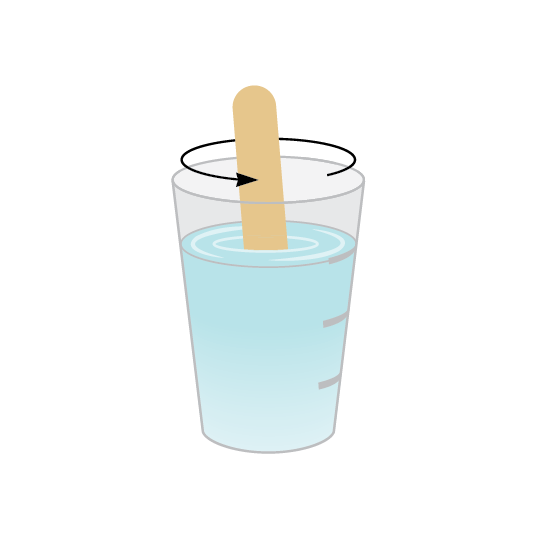
Mix Ratio

Minimum Application Temperature

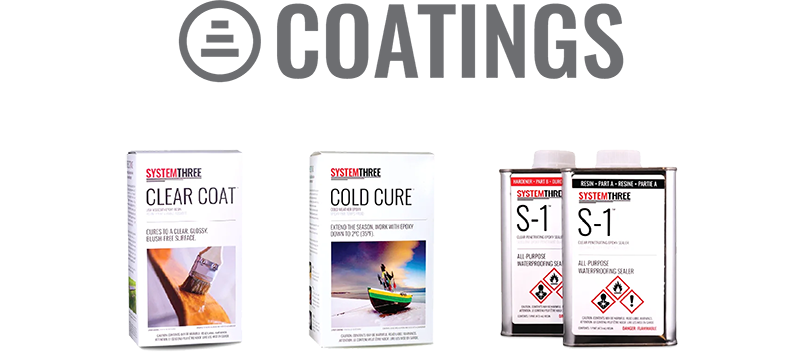
We make coatings that perform.
From sealing wood to fiberglassing wooden boats, System Three has perfected the protection of wood from water.
See what our technology can do for your next project.
Coatings
Product Highlights
Clear Coat is our go-to for the protection of outdoor wooden furniture, one of the toughest tasks for skilled woodworkers.
Sealing with Clear Coat and topping with a UV-protective coating is sure to keep your project safe from the elements.
Conditions can be cold, wet, or cold and wet in your shop, or outside your shop for that matter.
Cold Cure Epoxy was born in Canada over 40 years ago and continues to serve those in the harshest environments to this day.
From rotten beams to fine furniture, S-1 is as versatile as they come.
With the ability to penetrate deep into wood and a pot life measuring in hours, S-1 is ready for whatever you have in mind.
Coatings in Action
Coatings FAQ









































